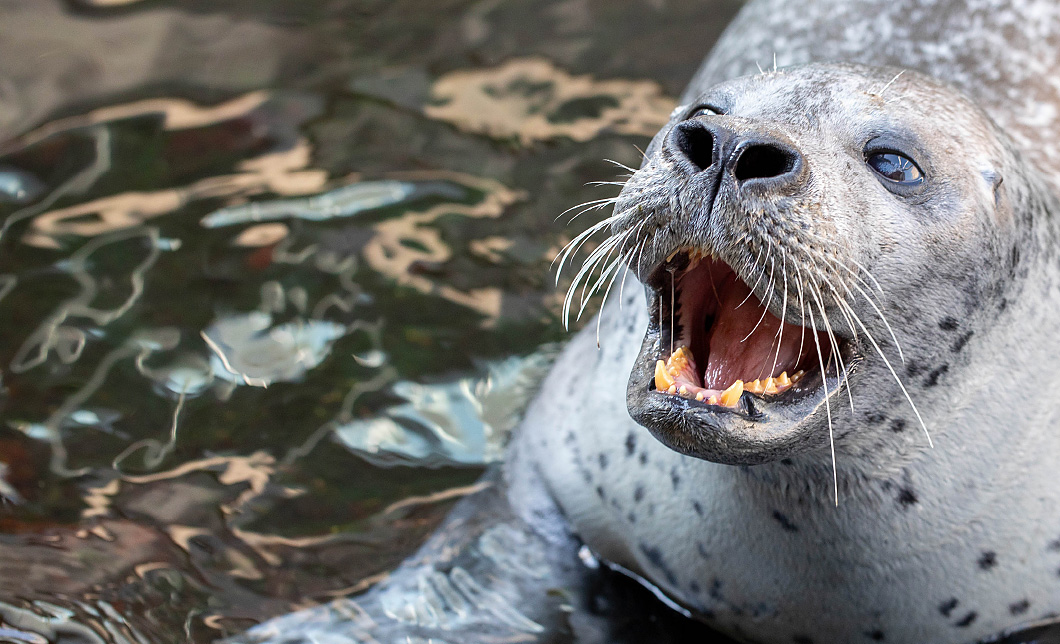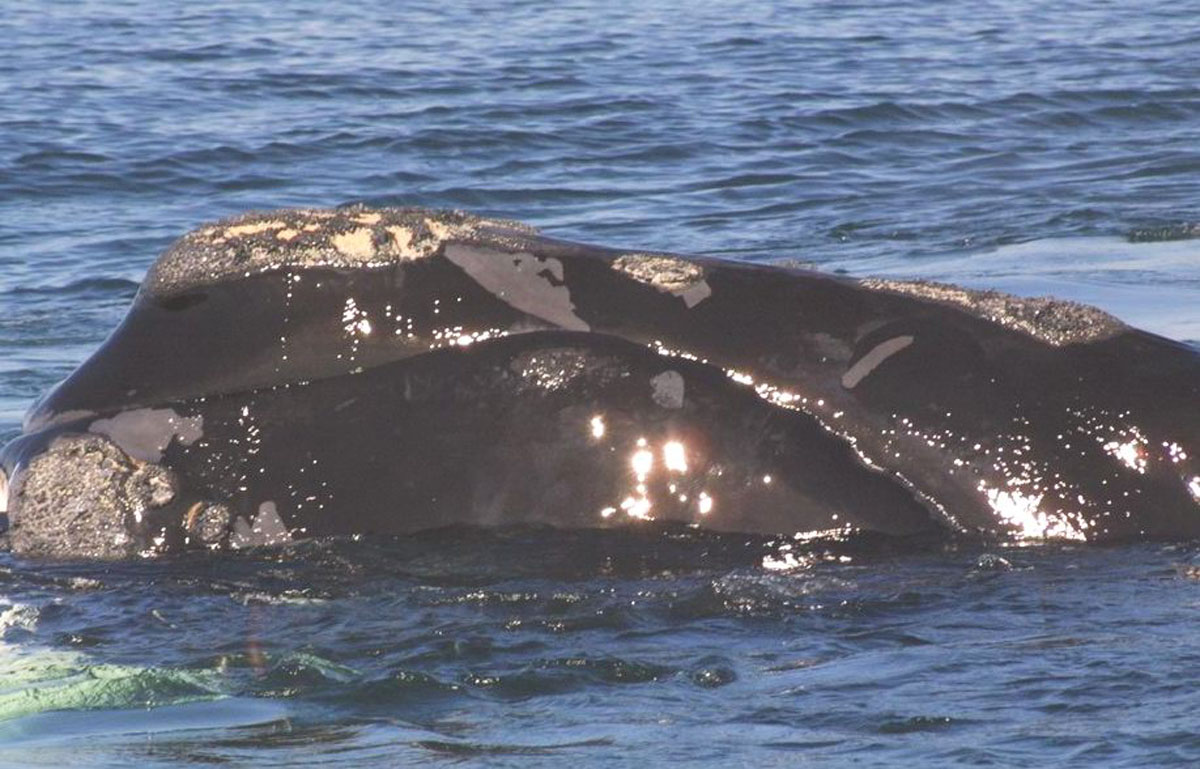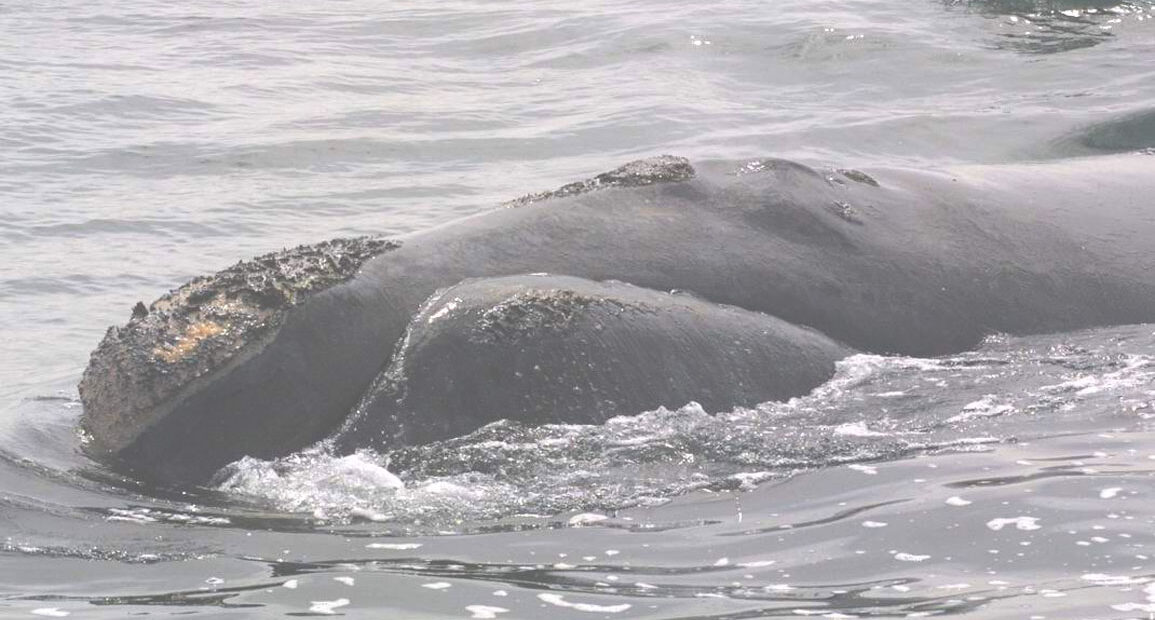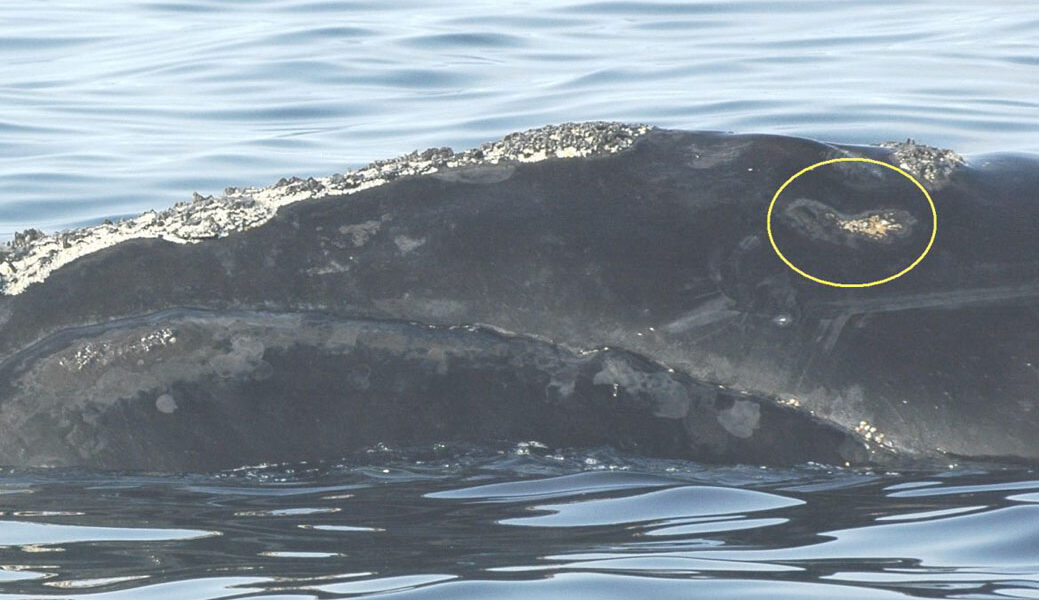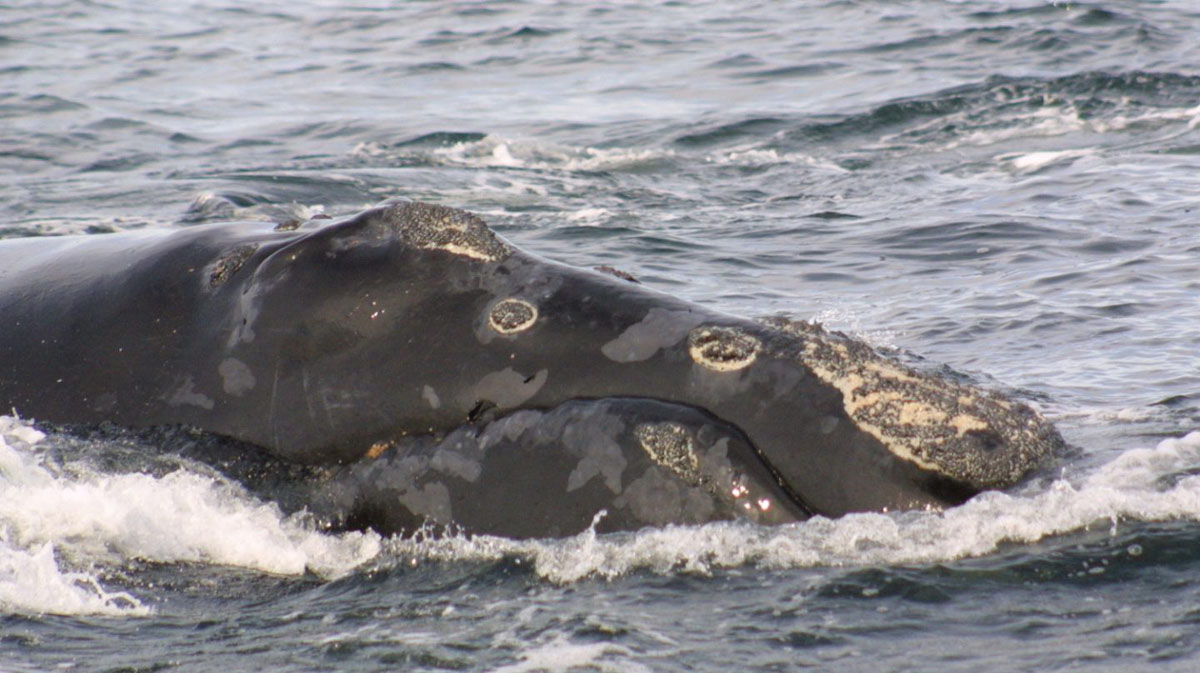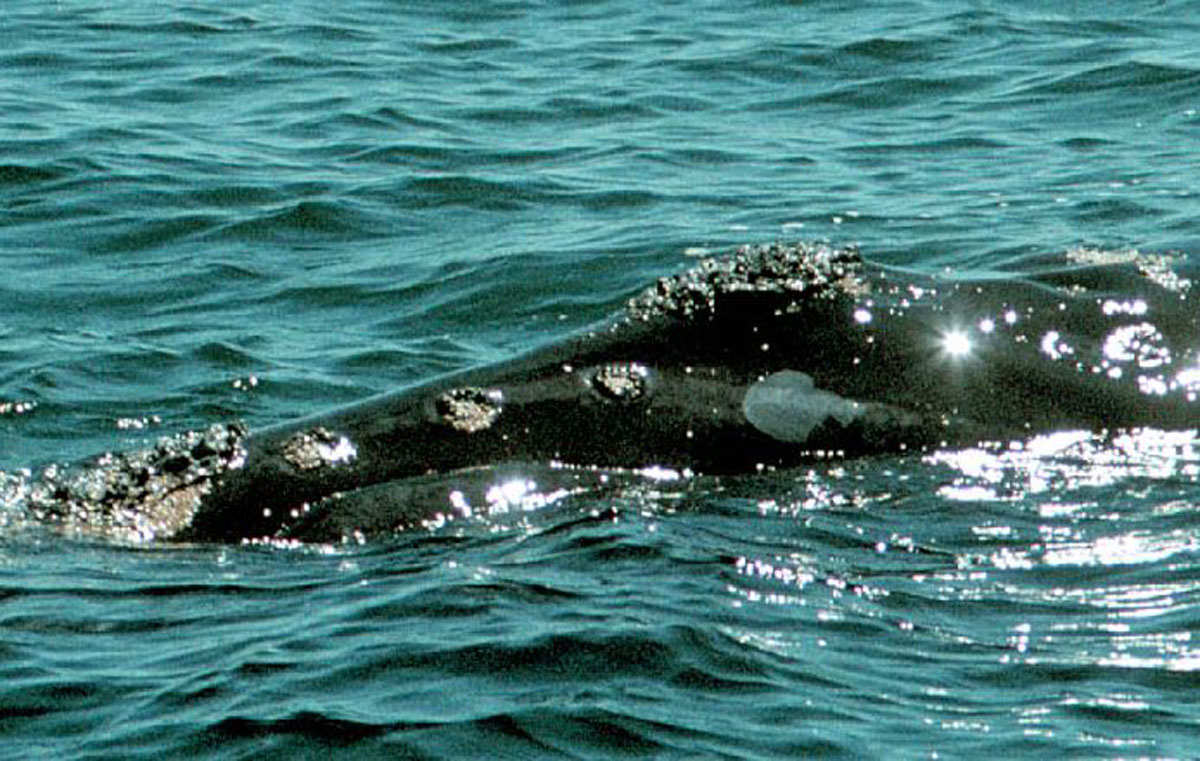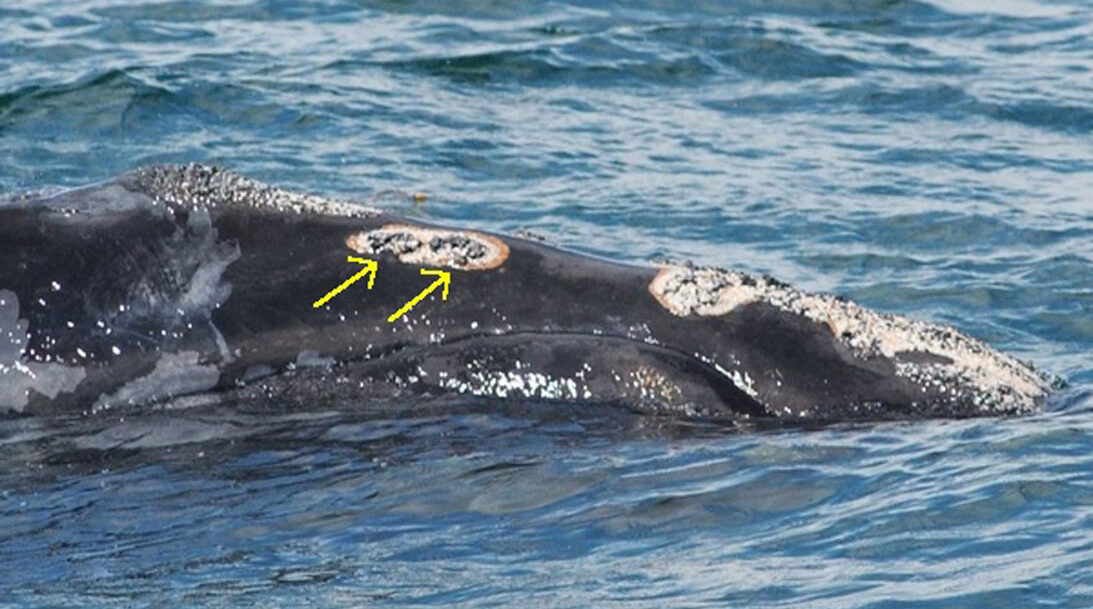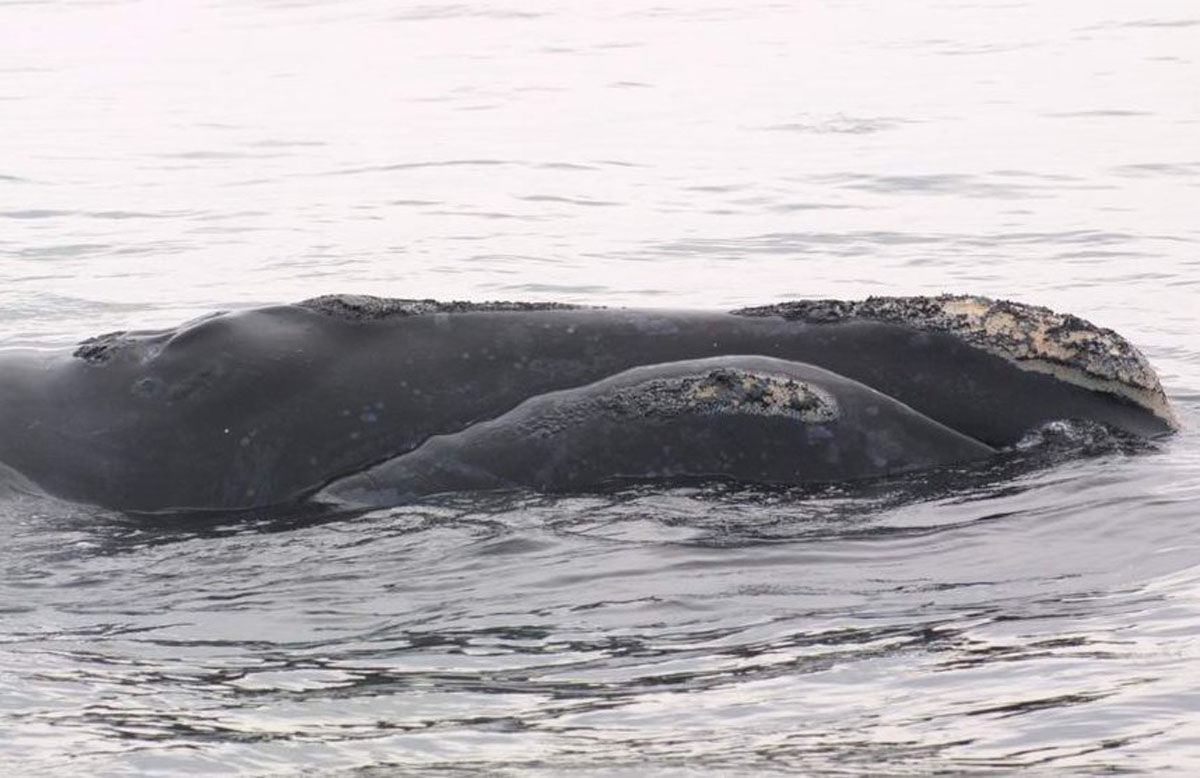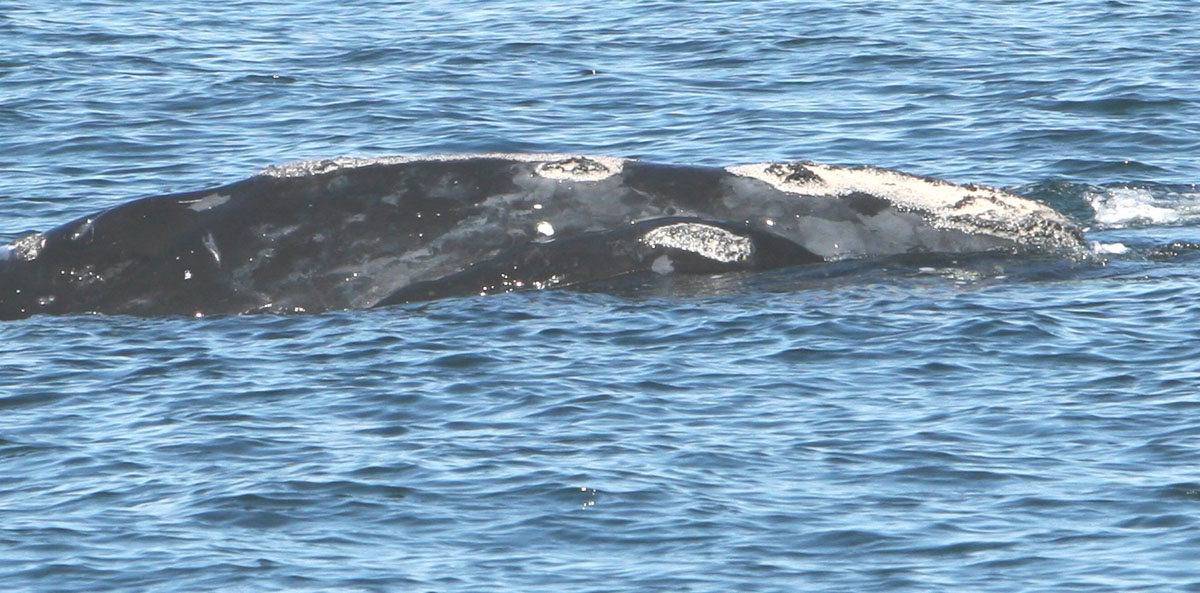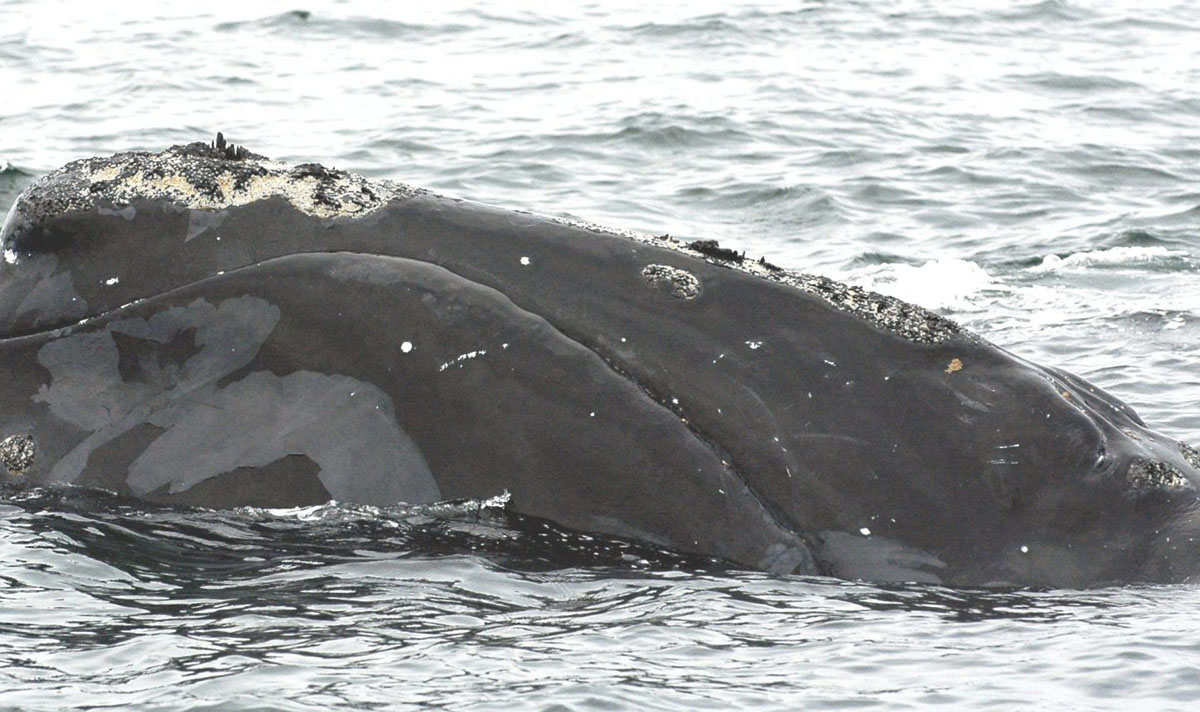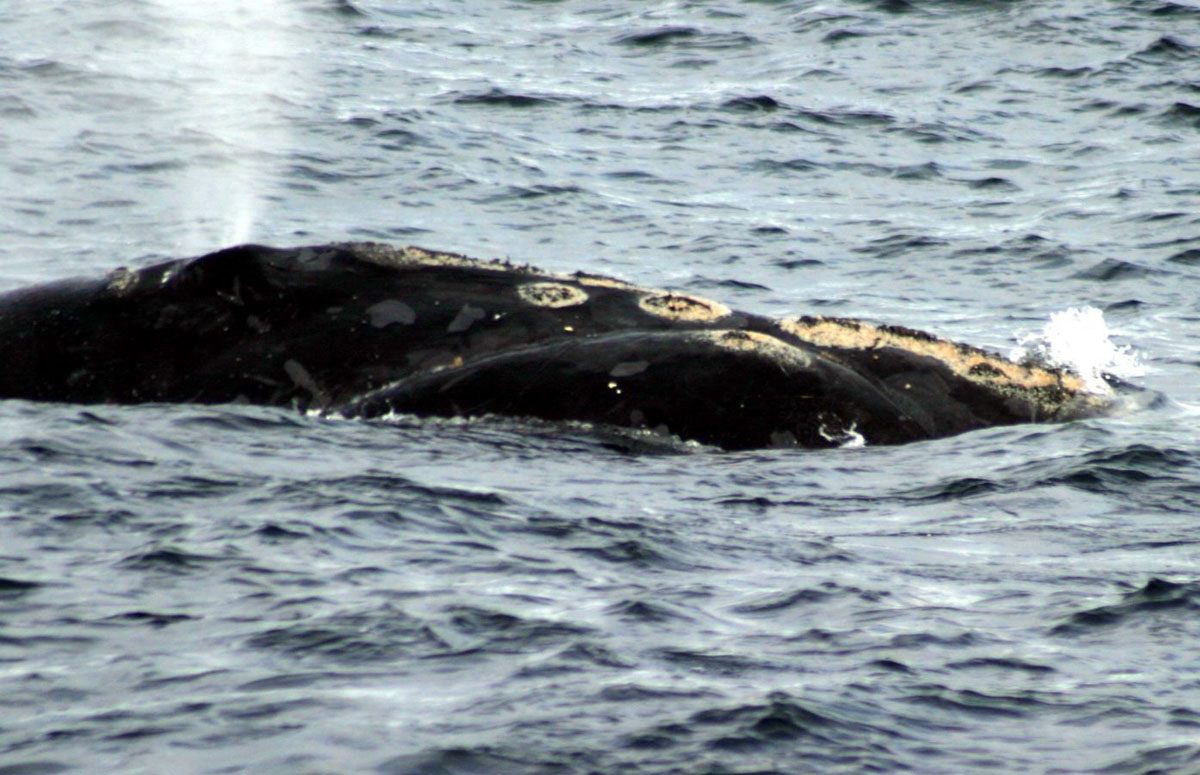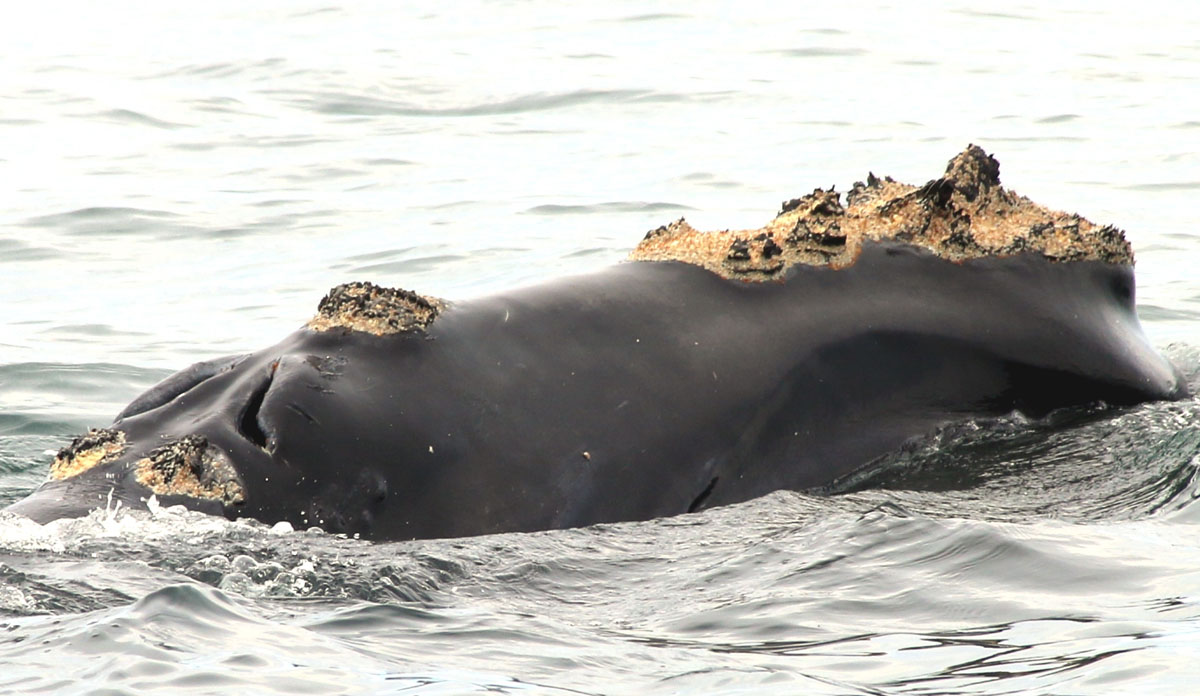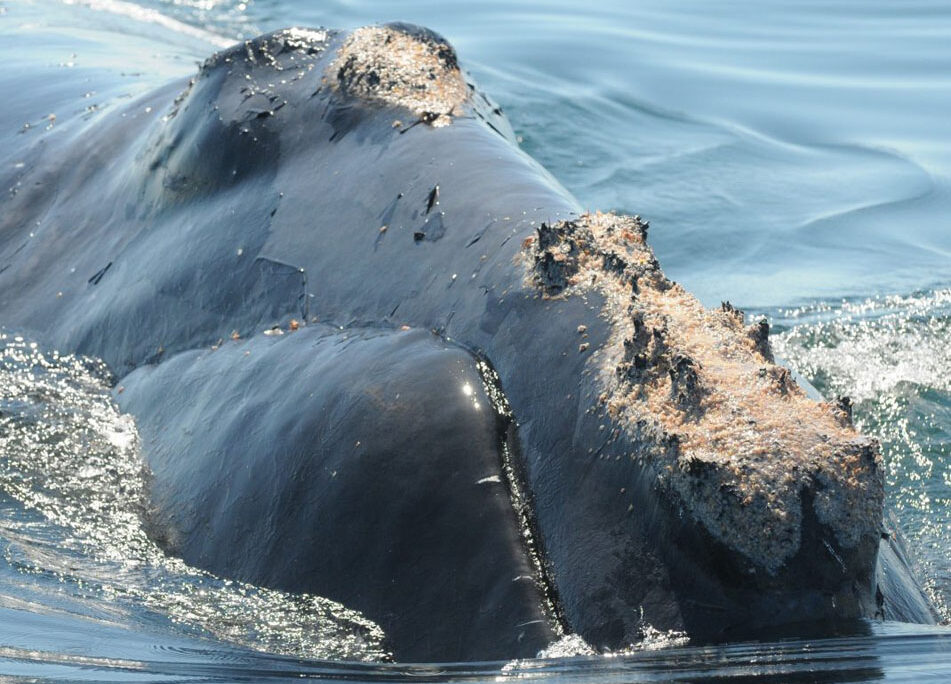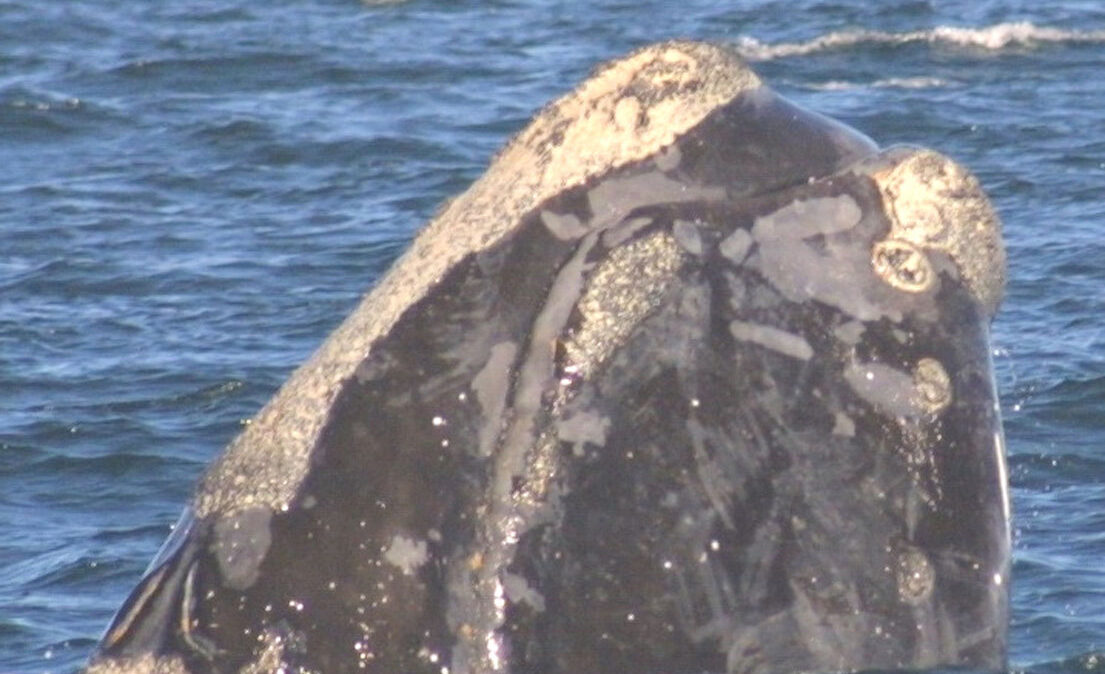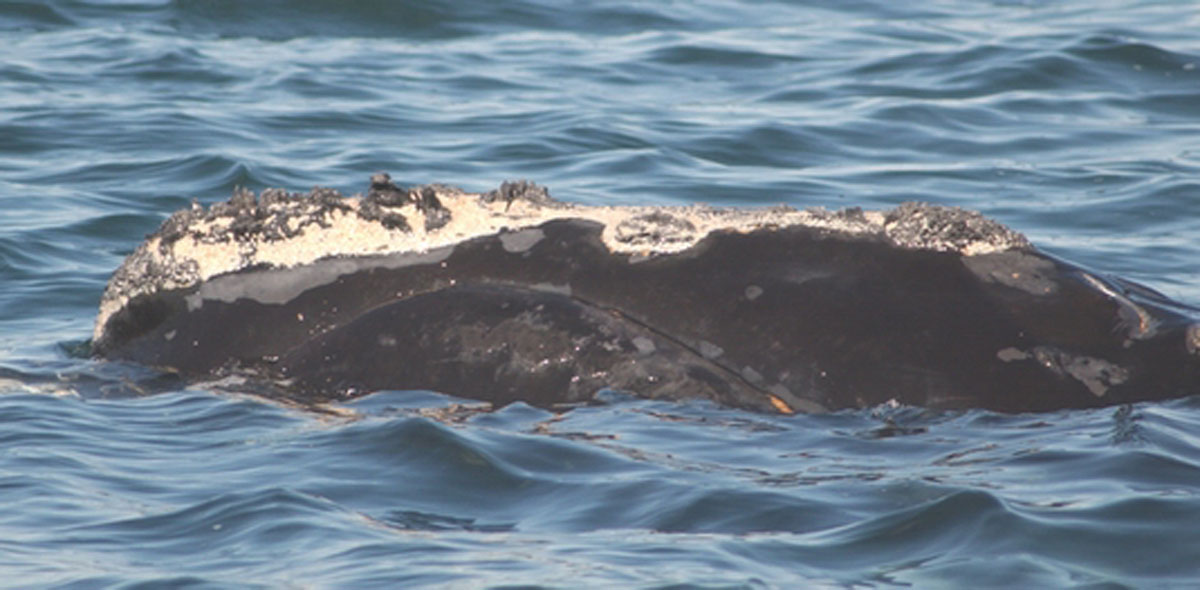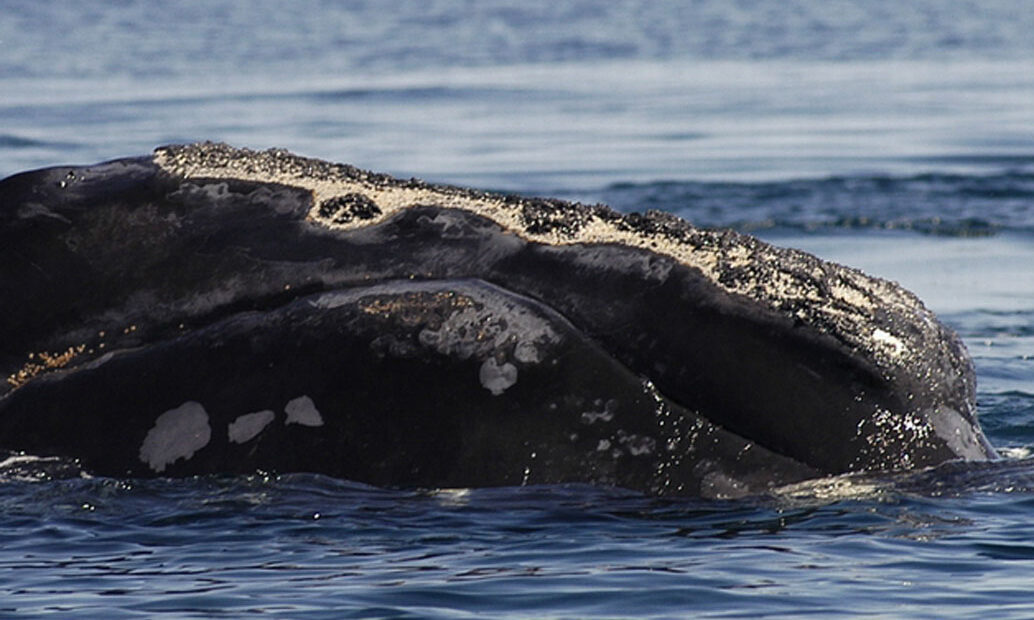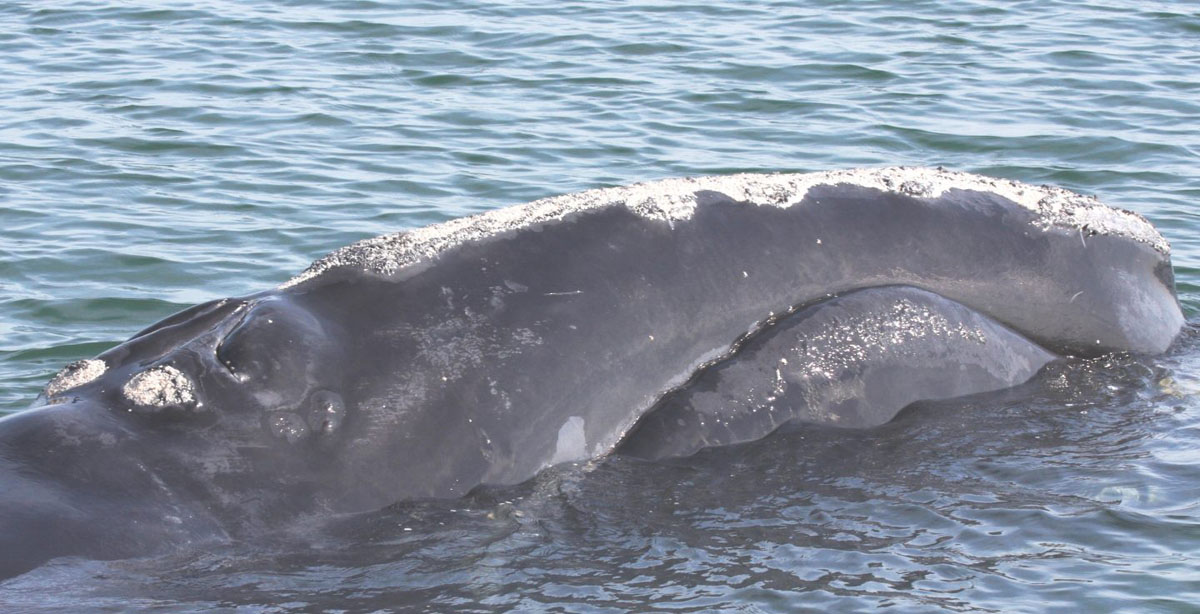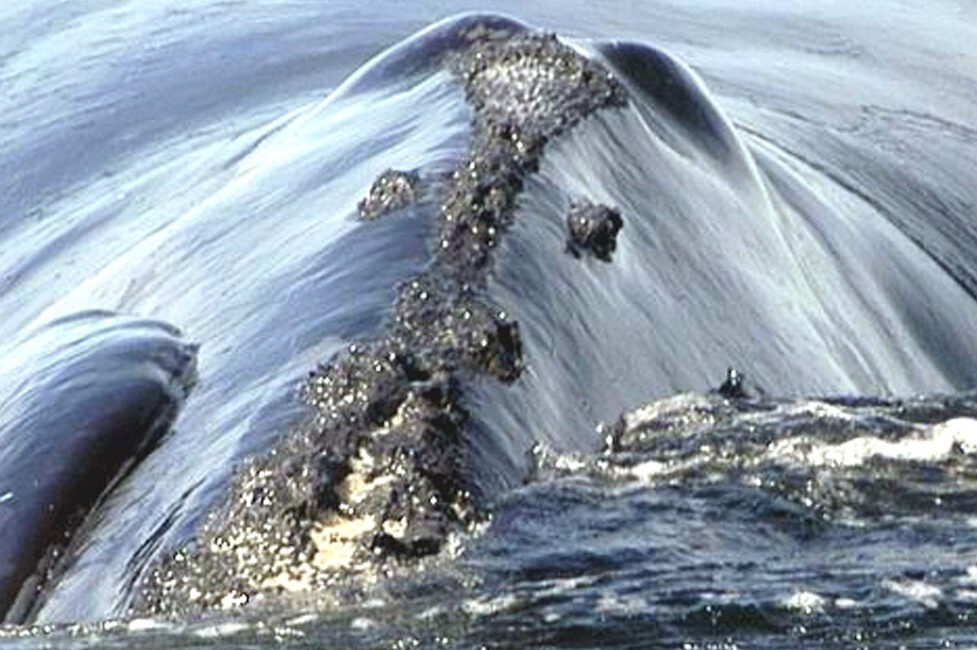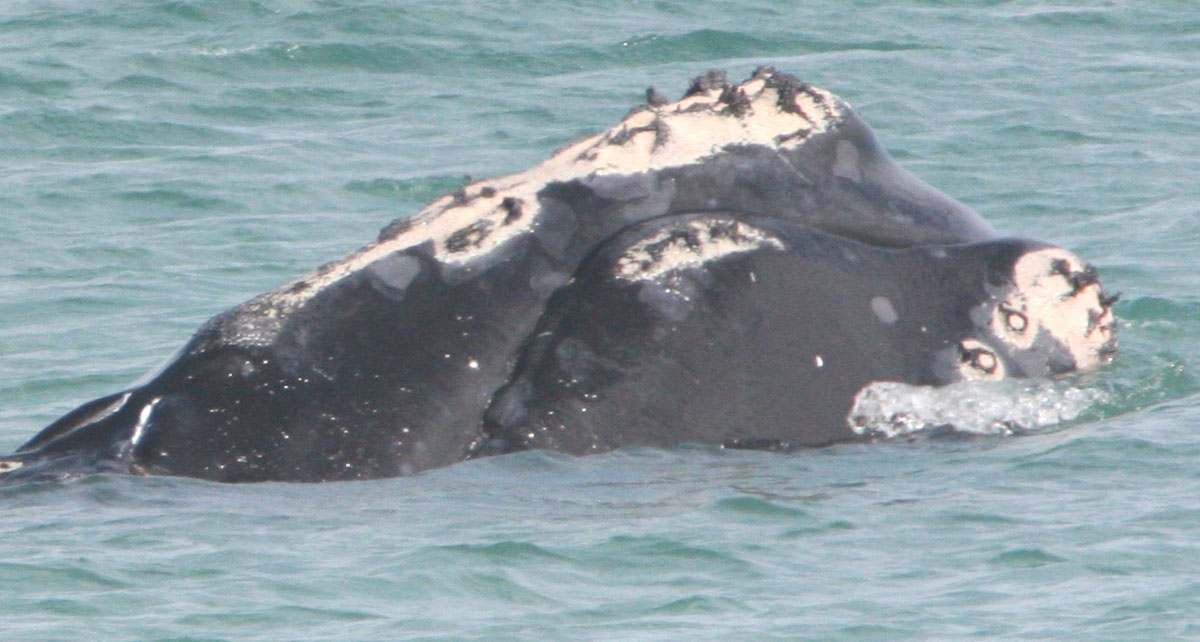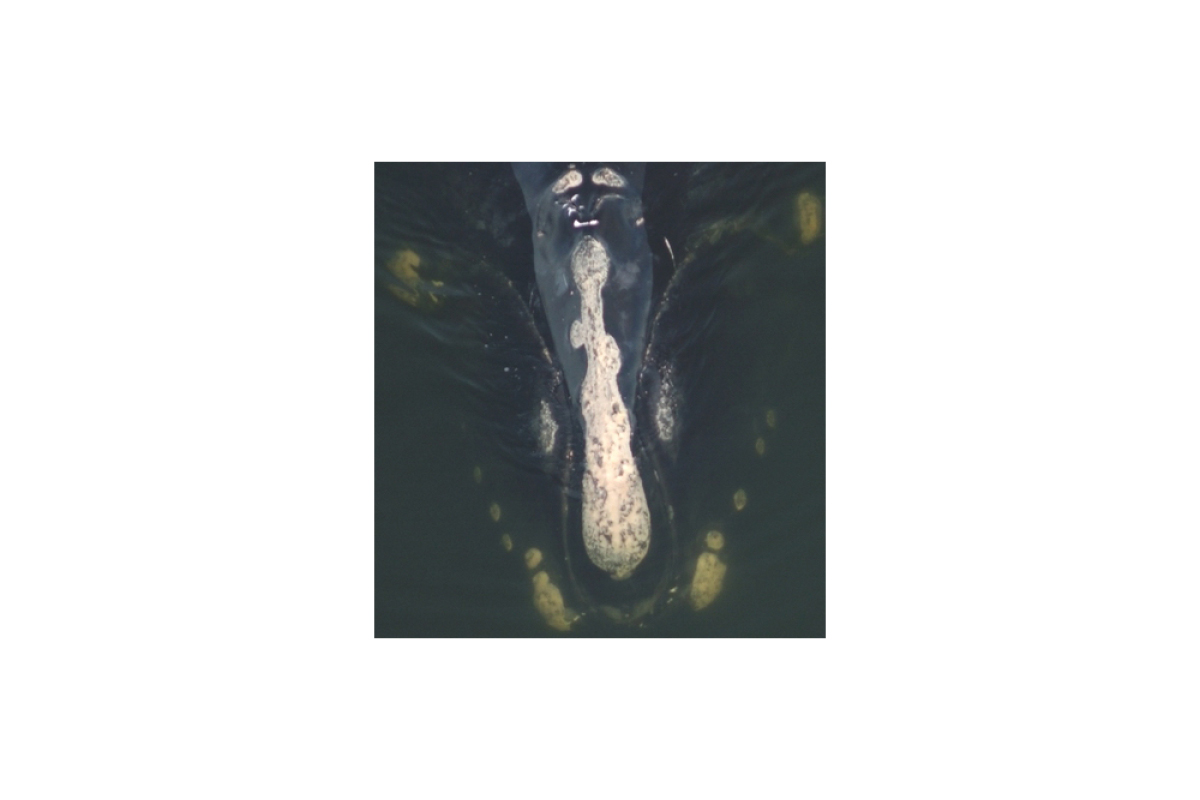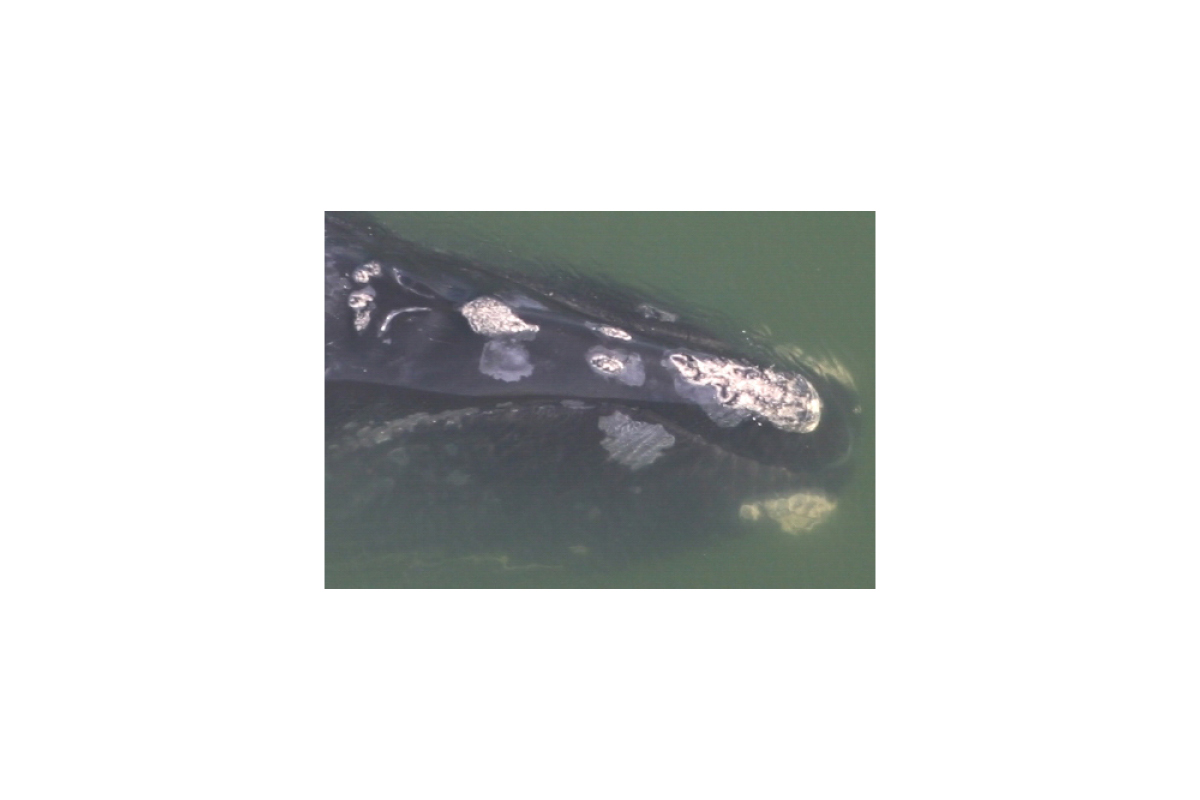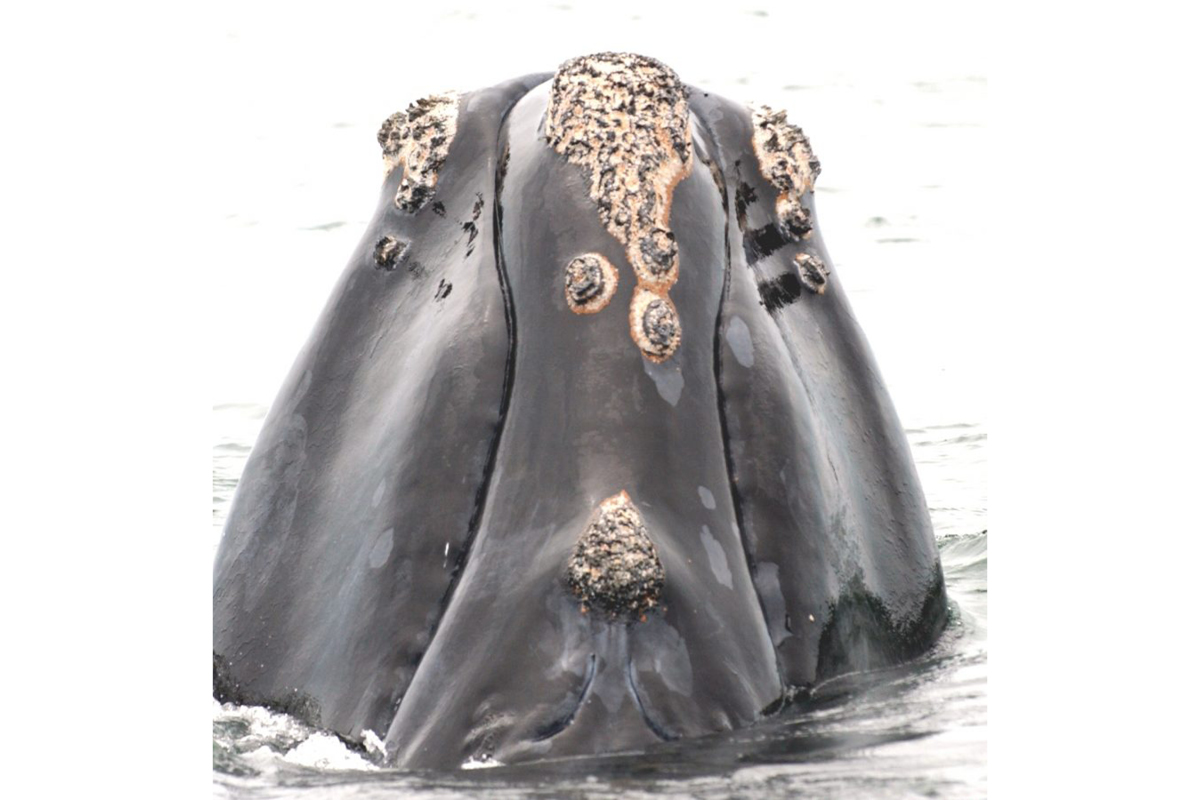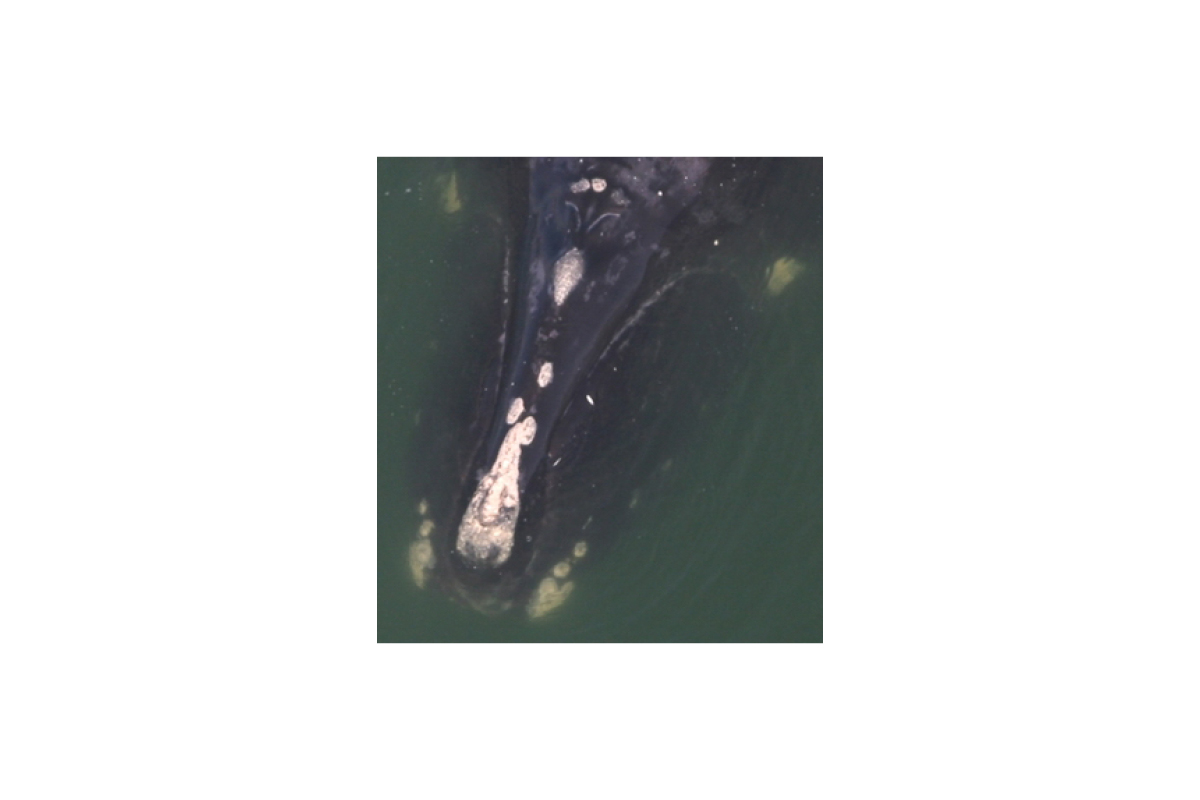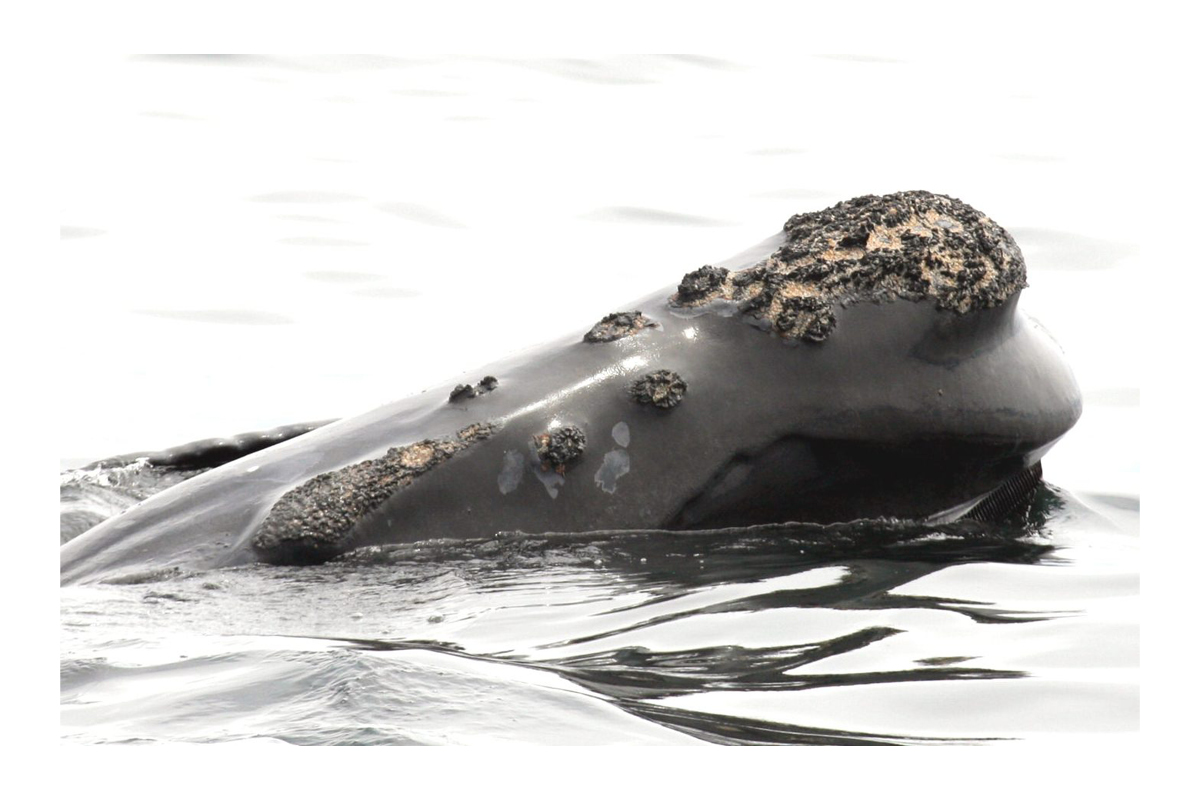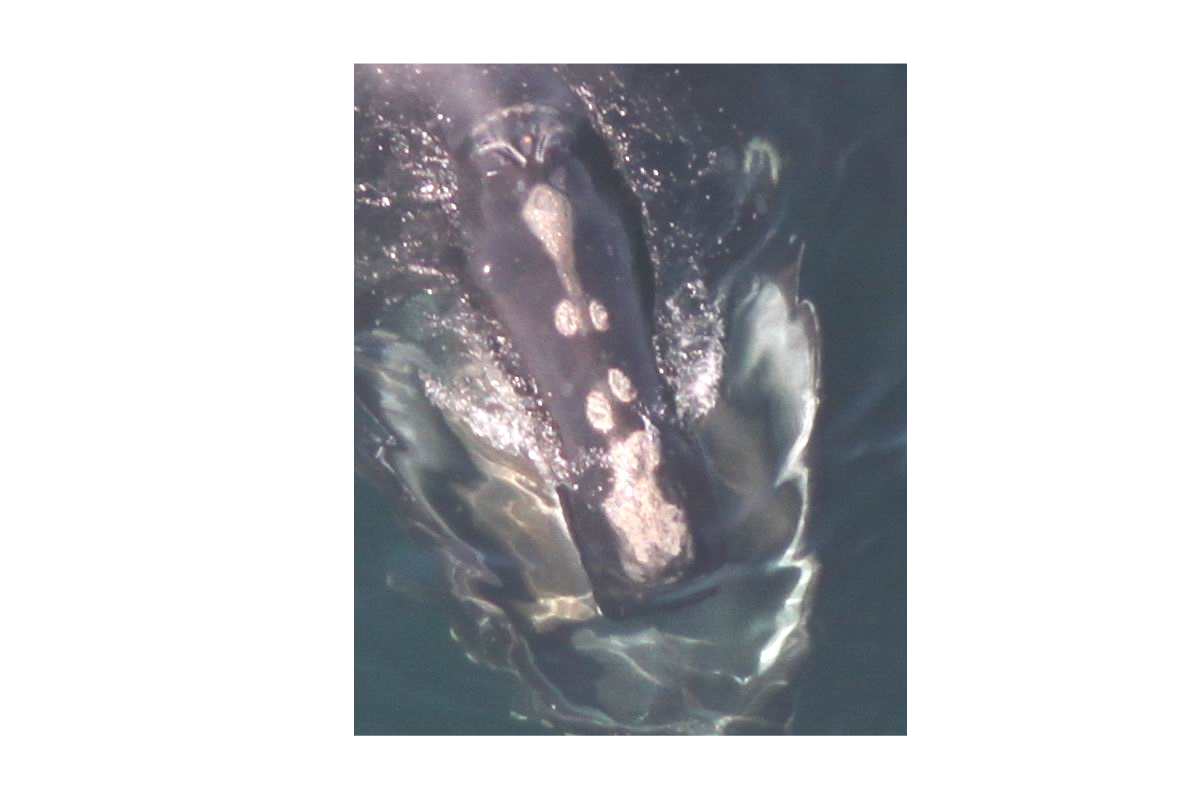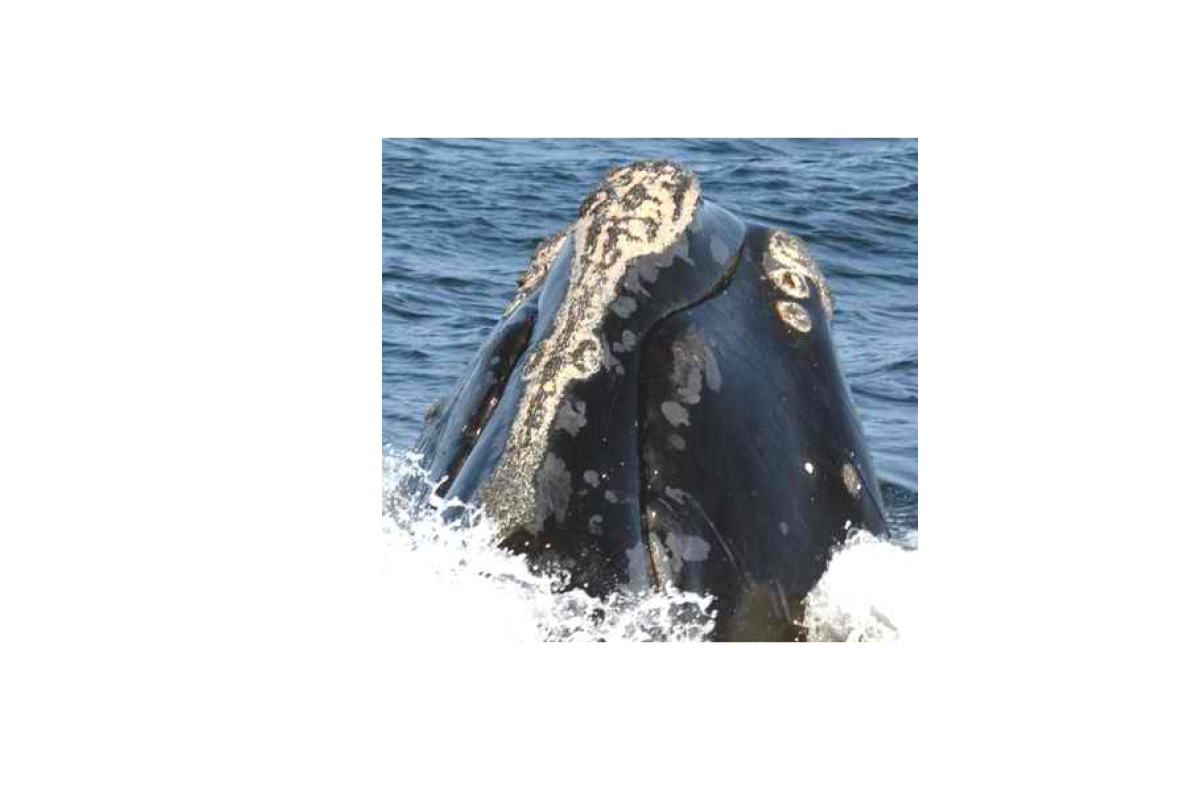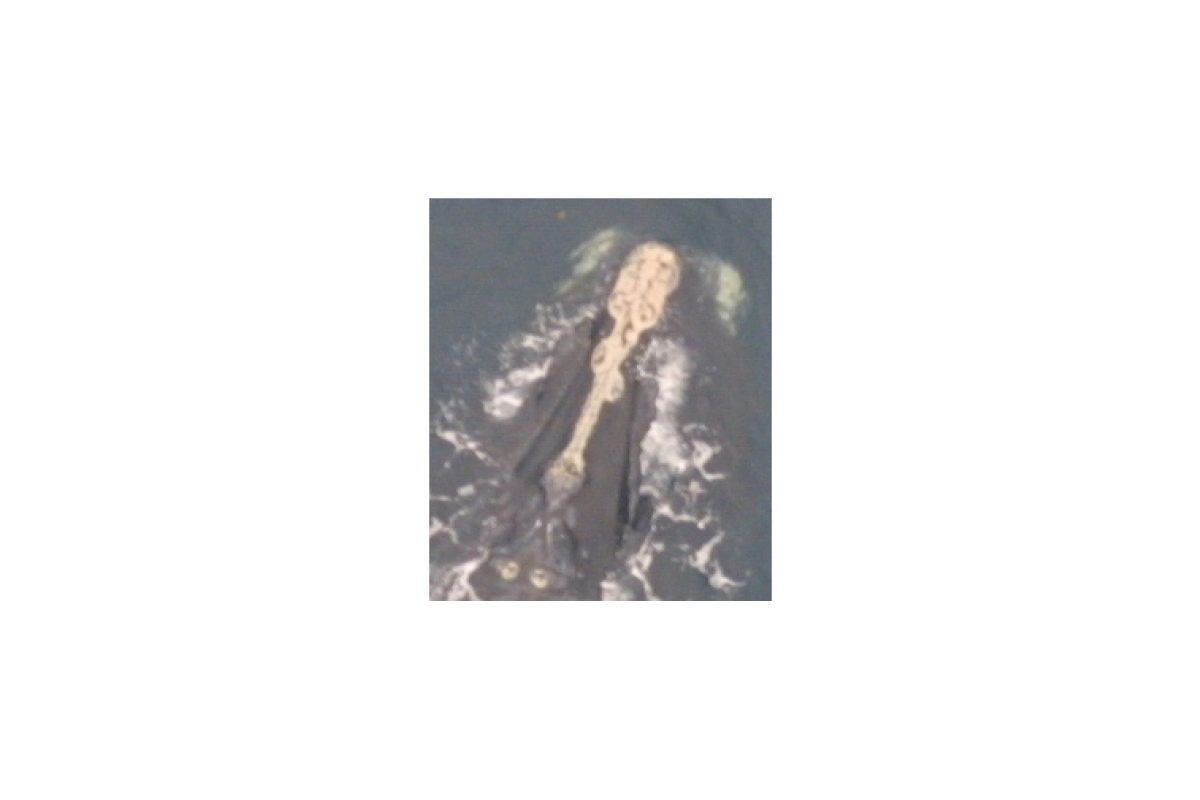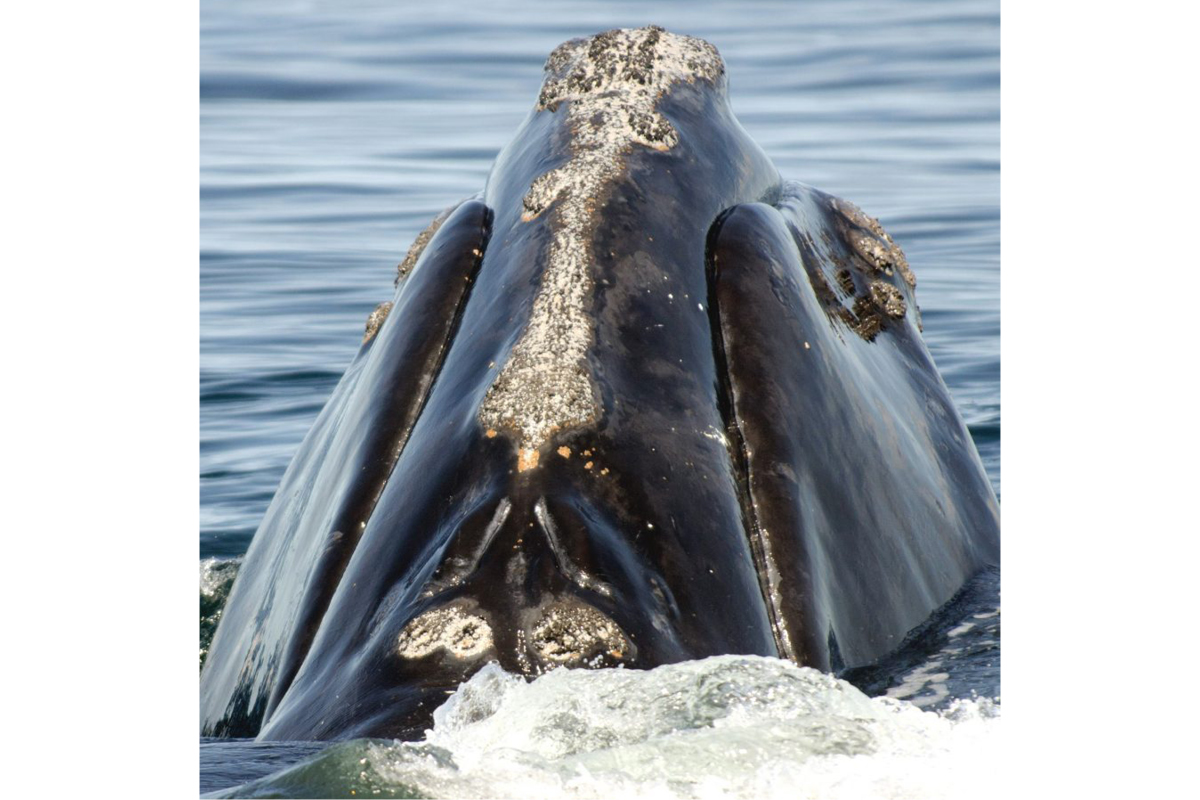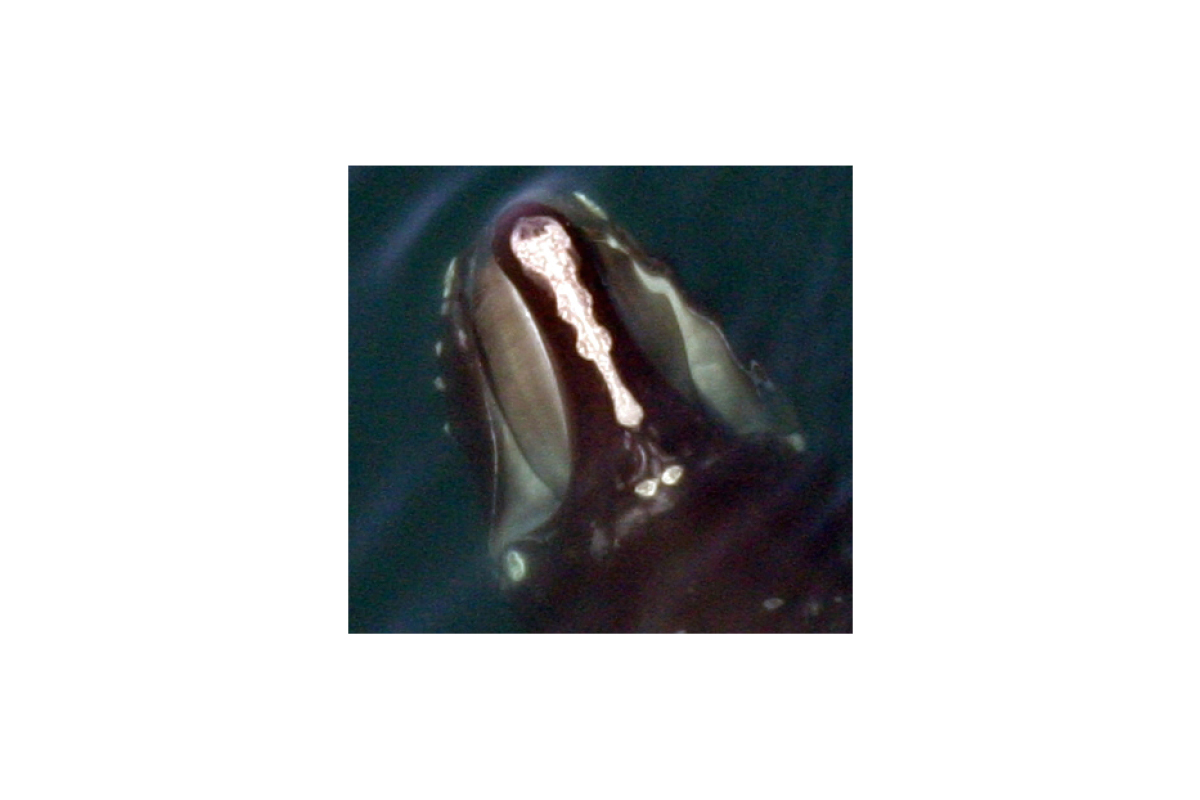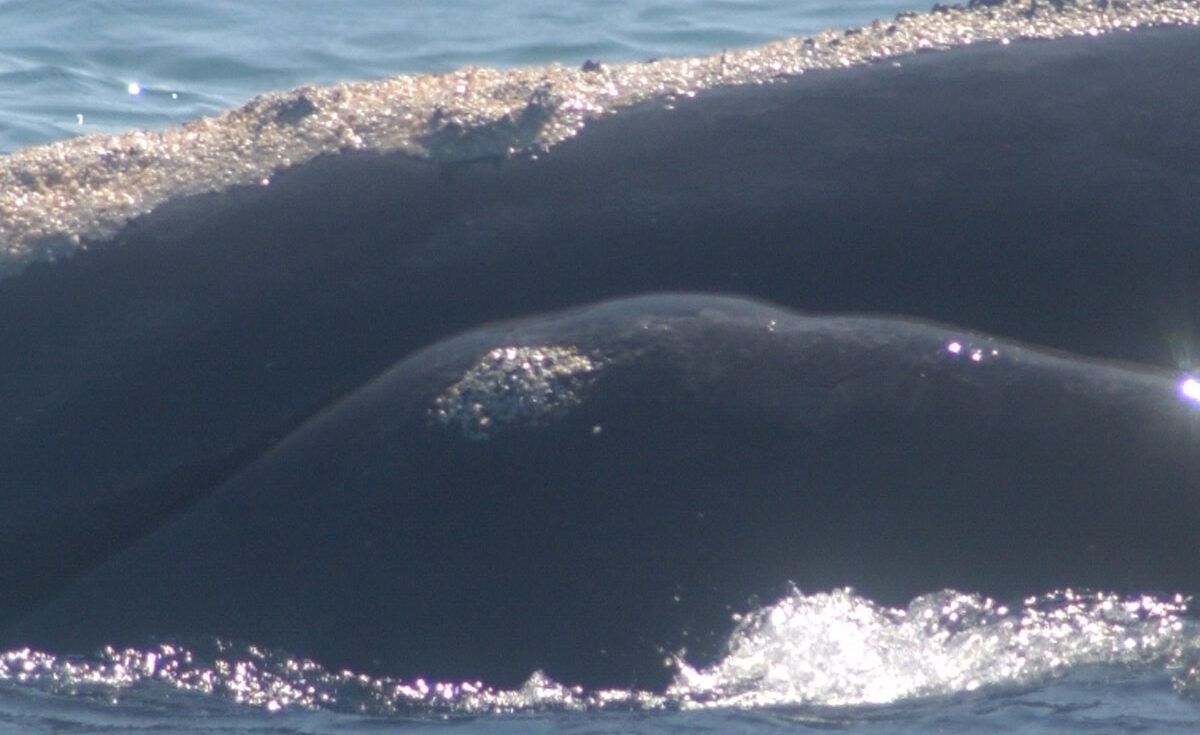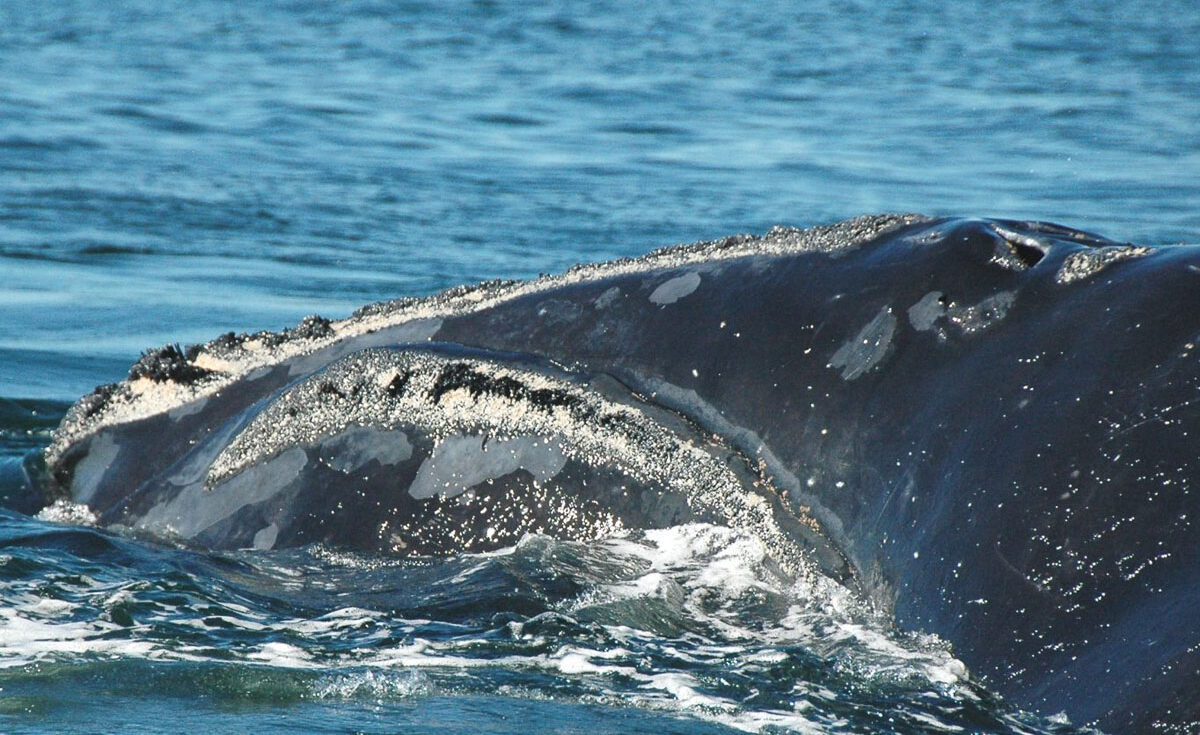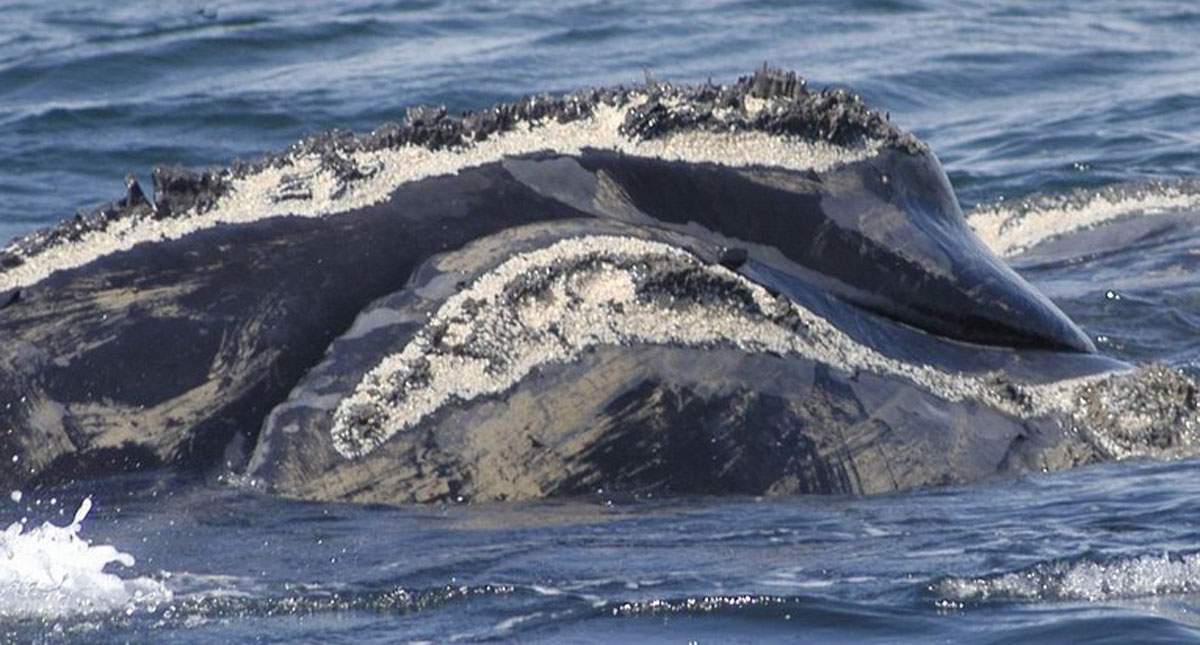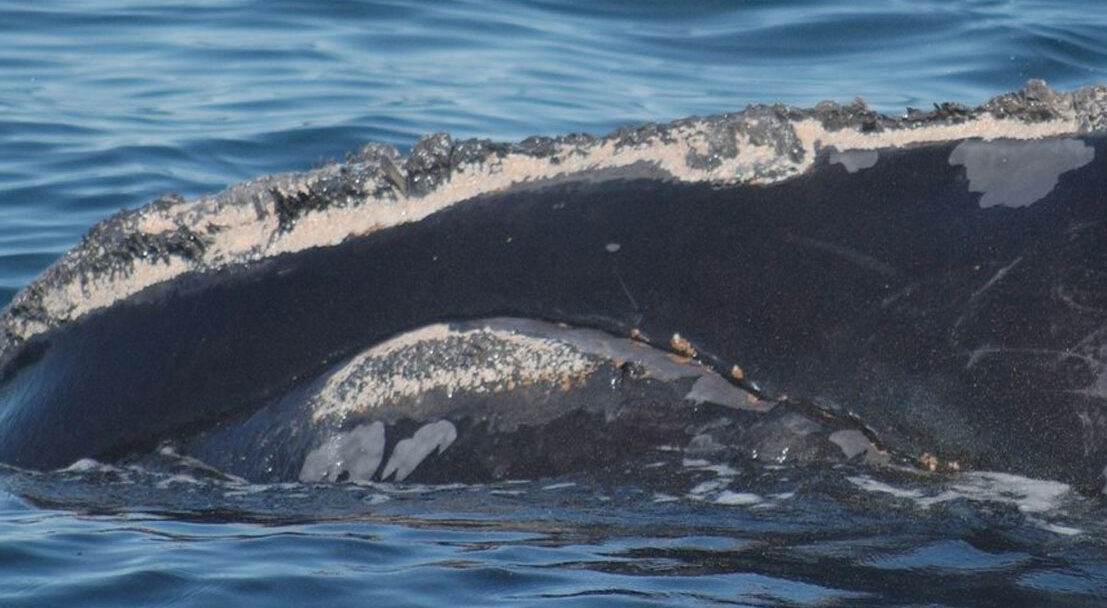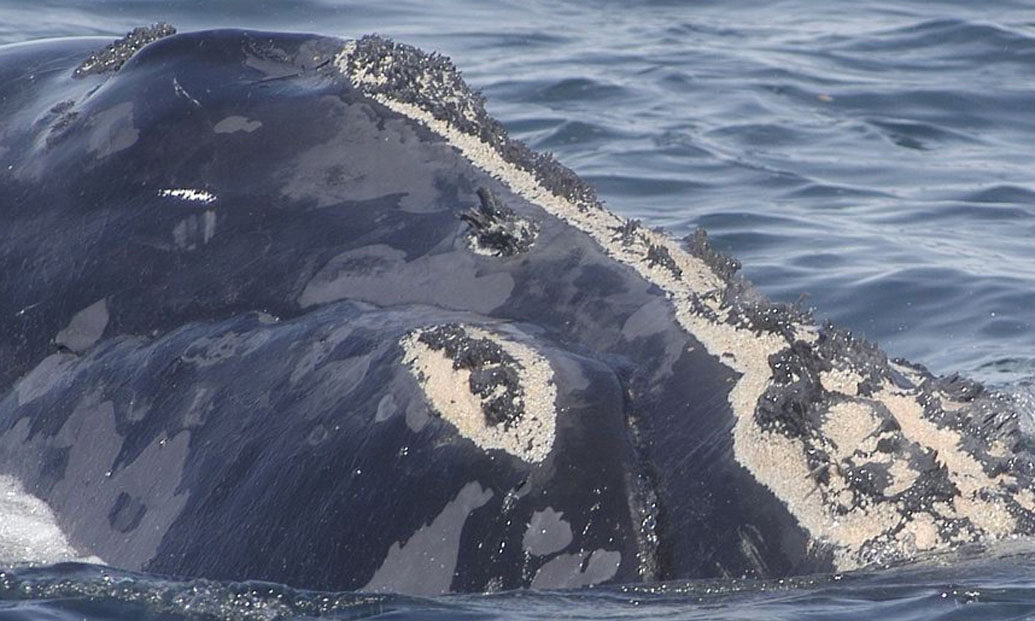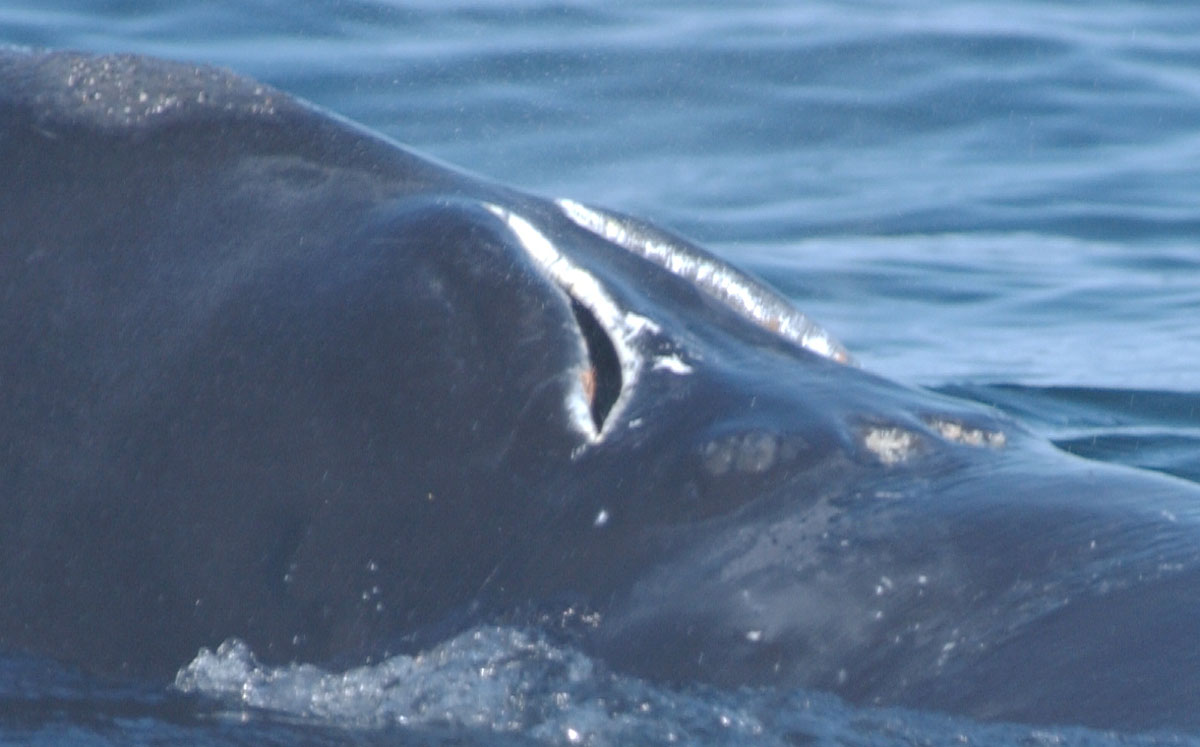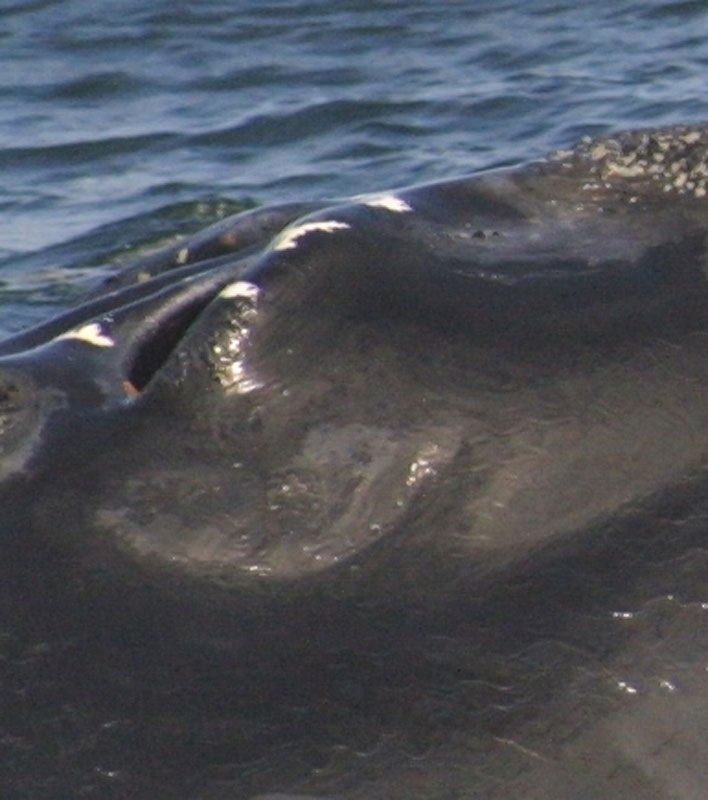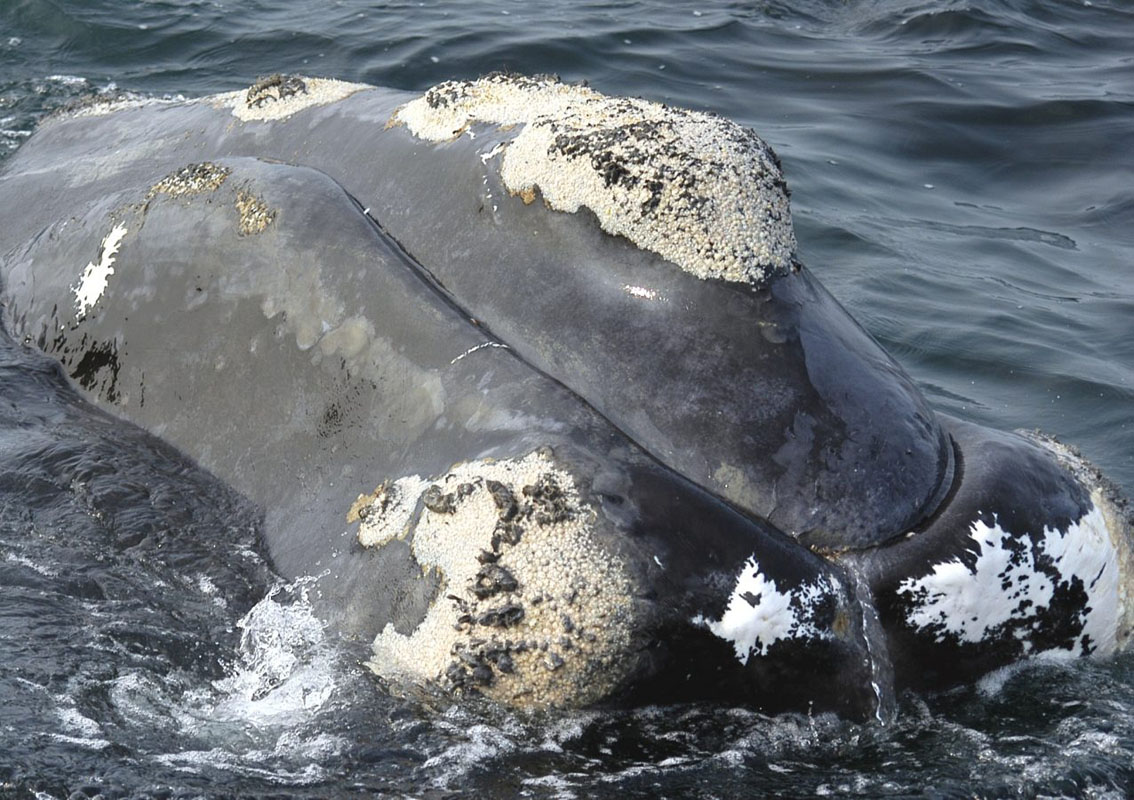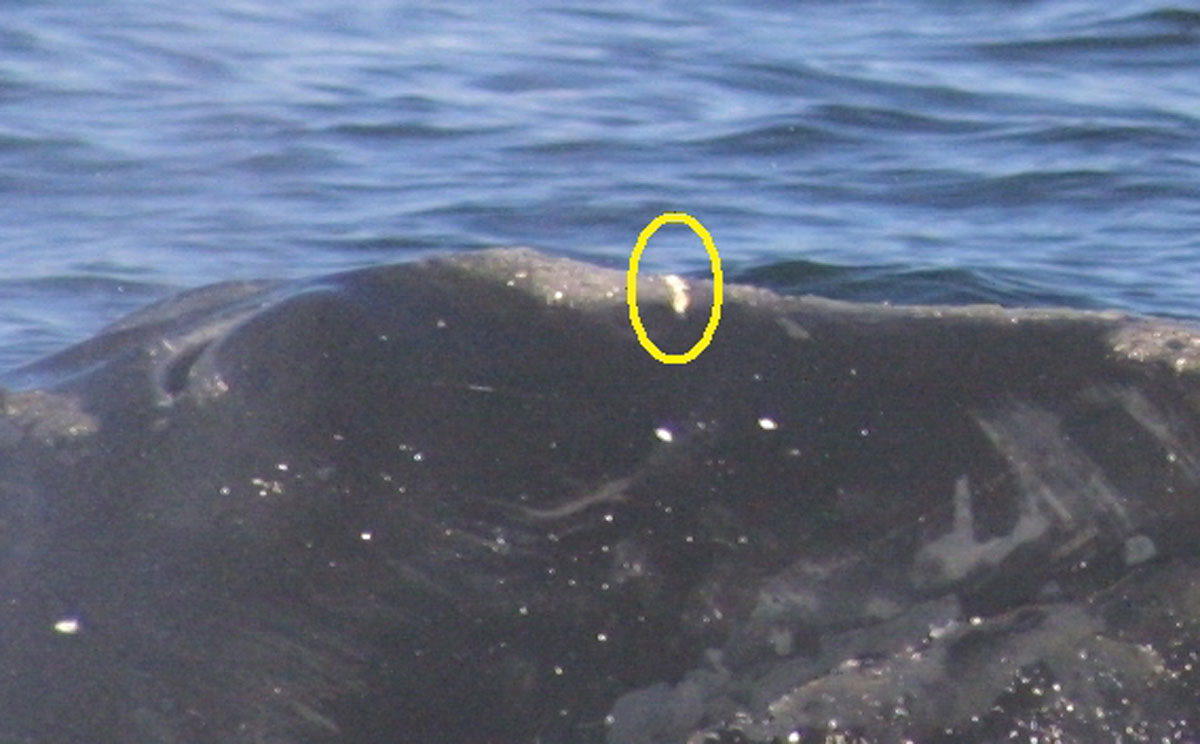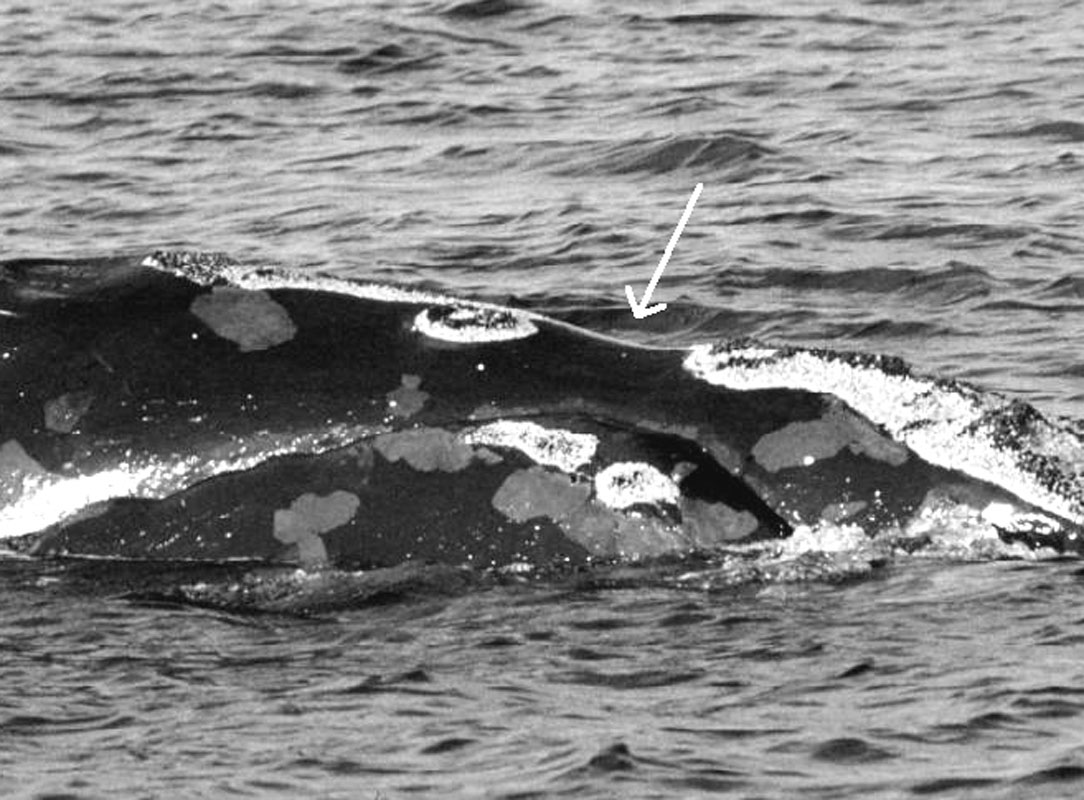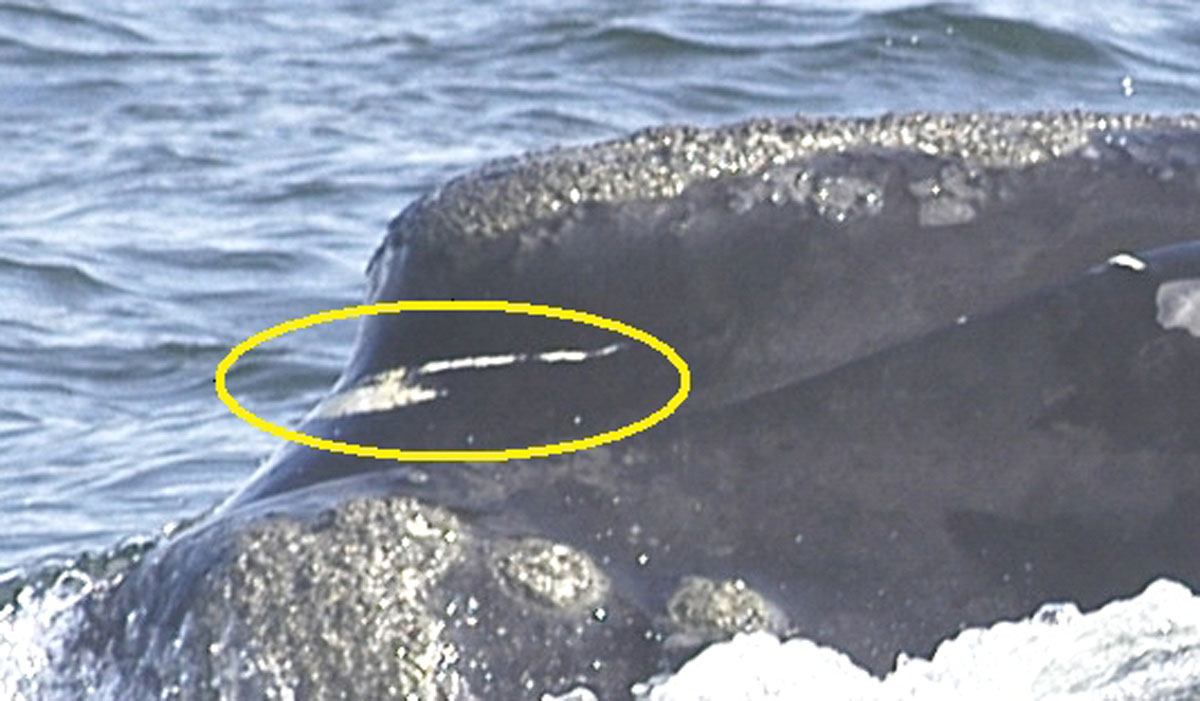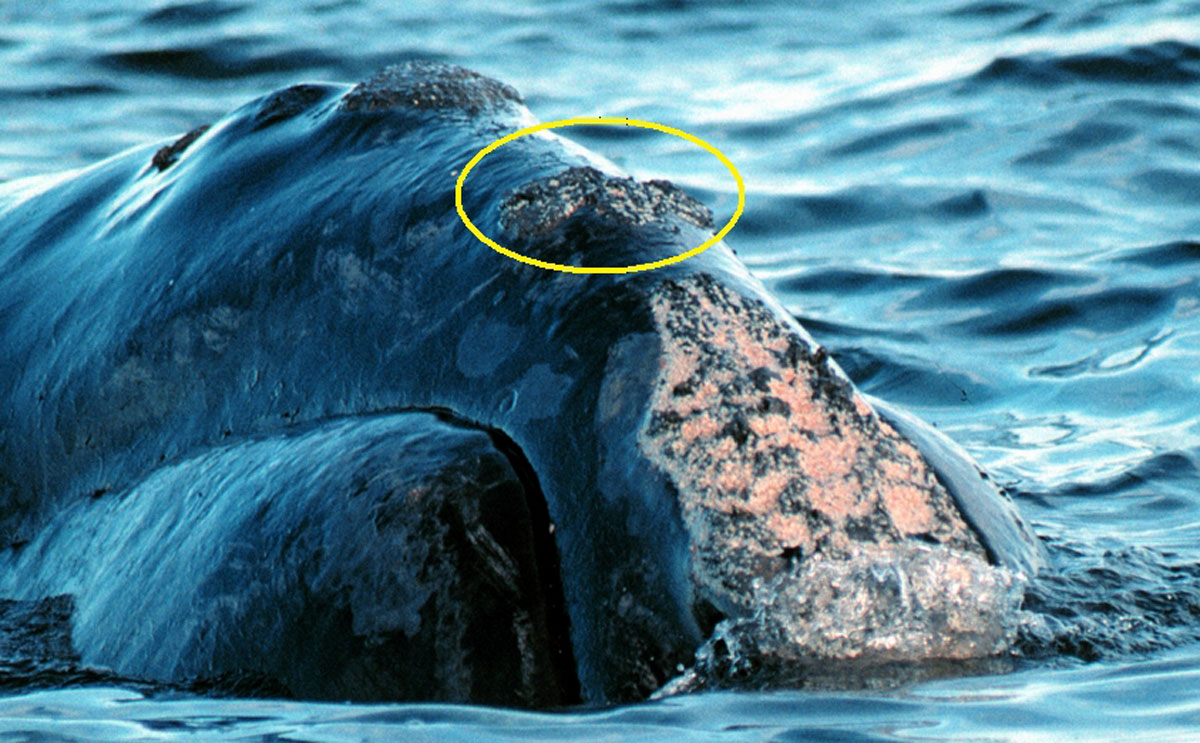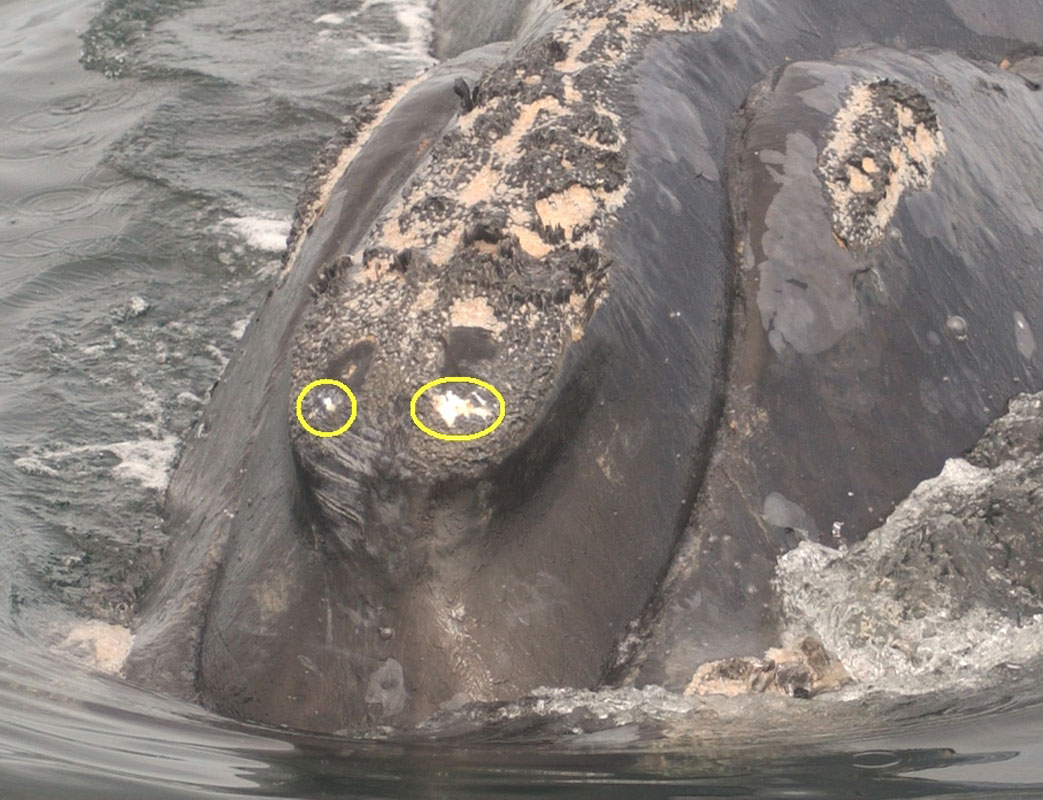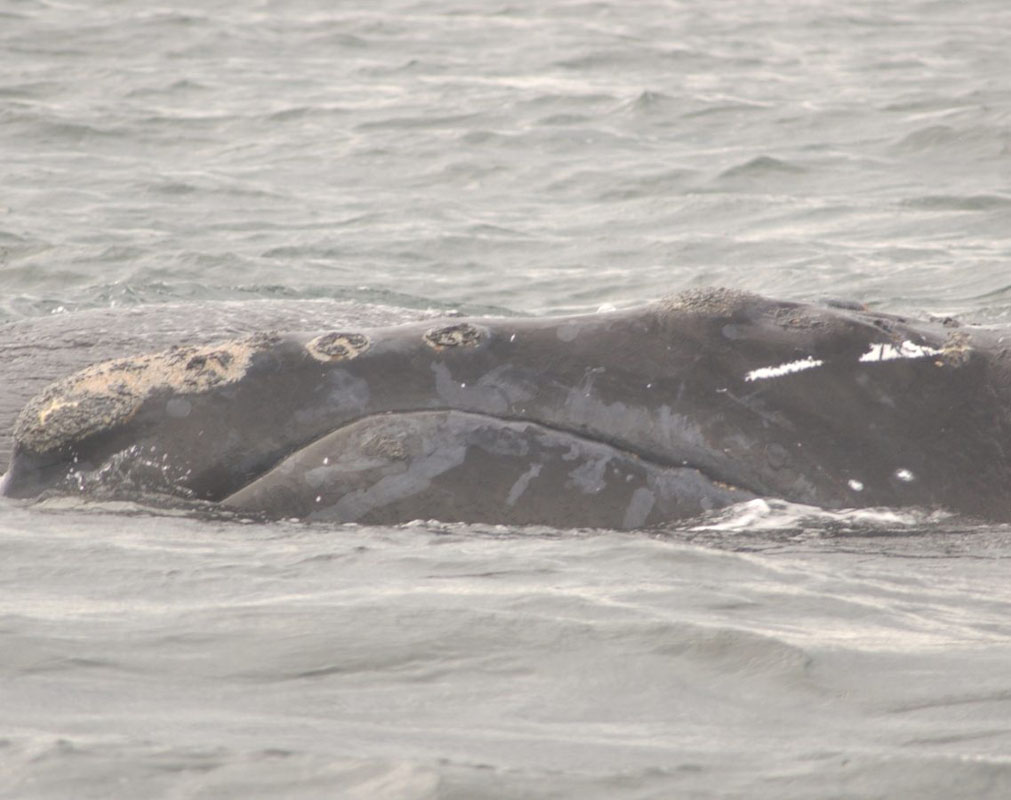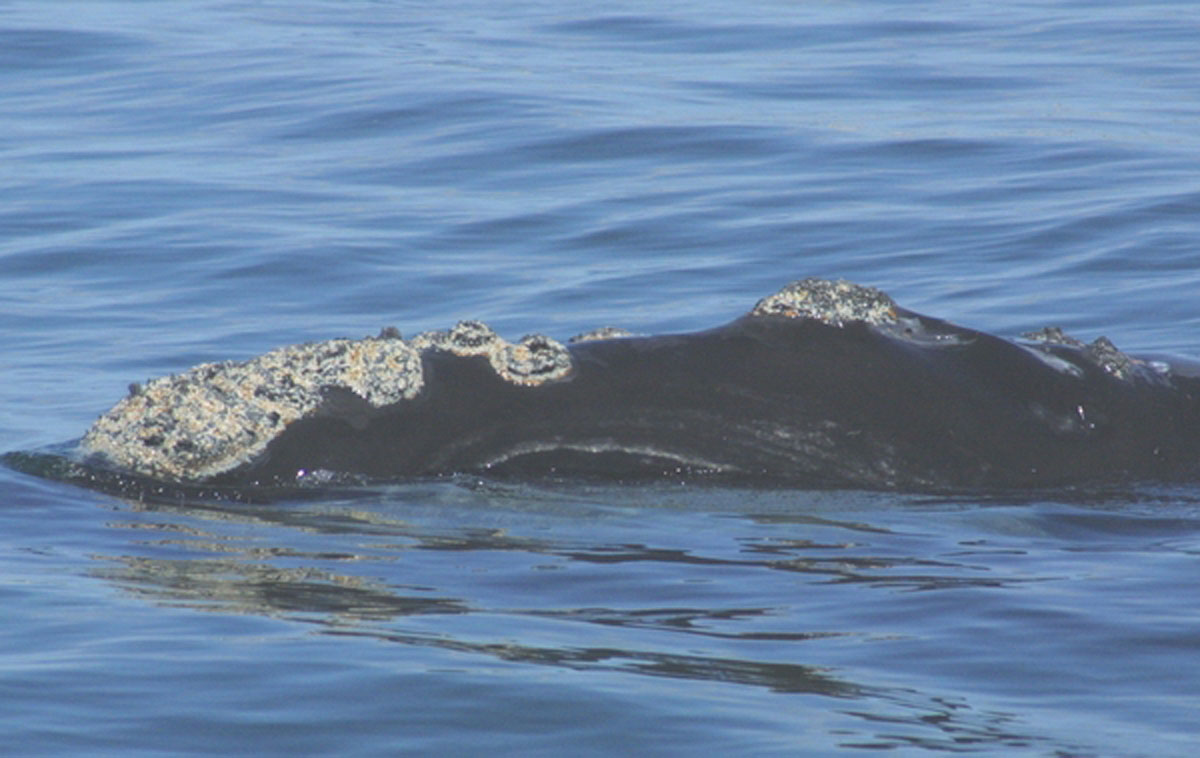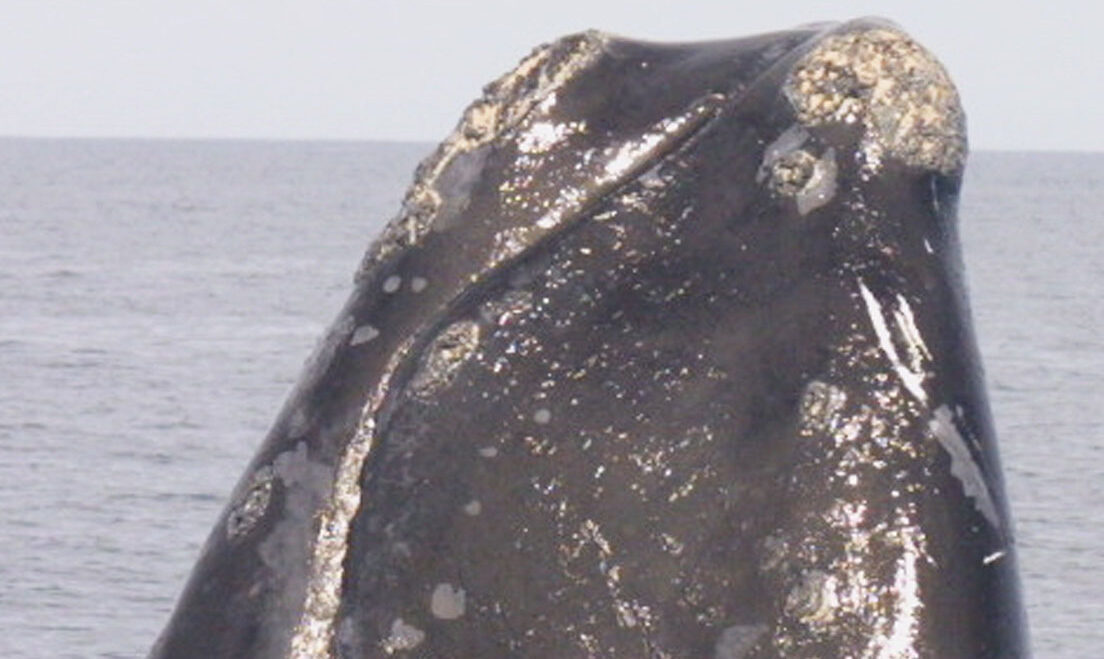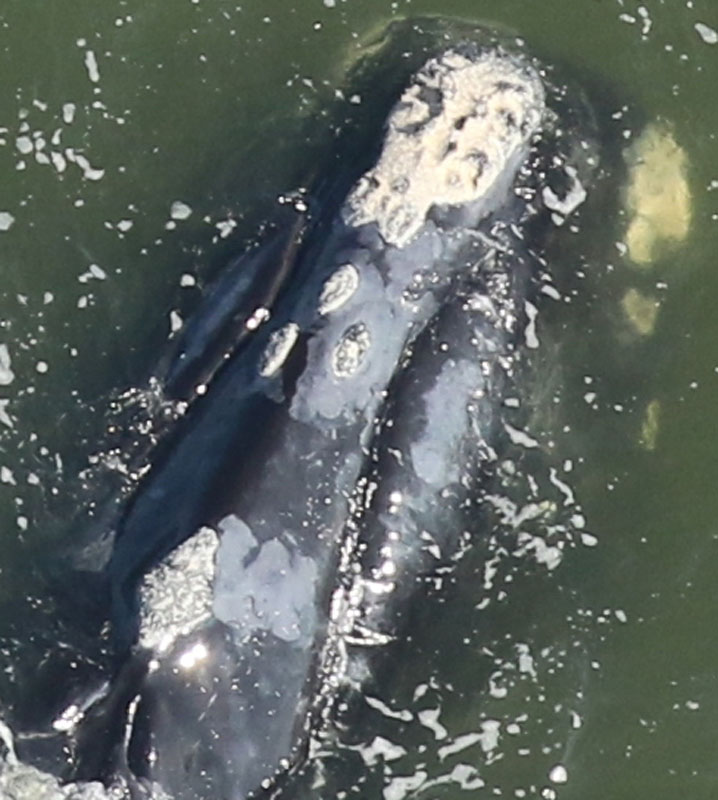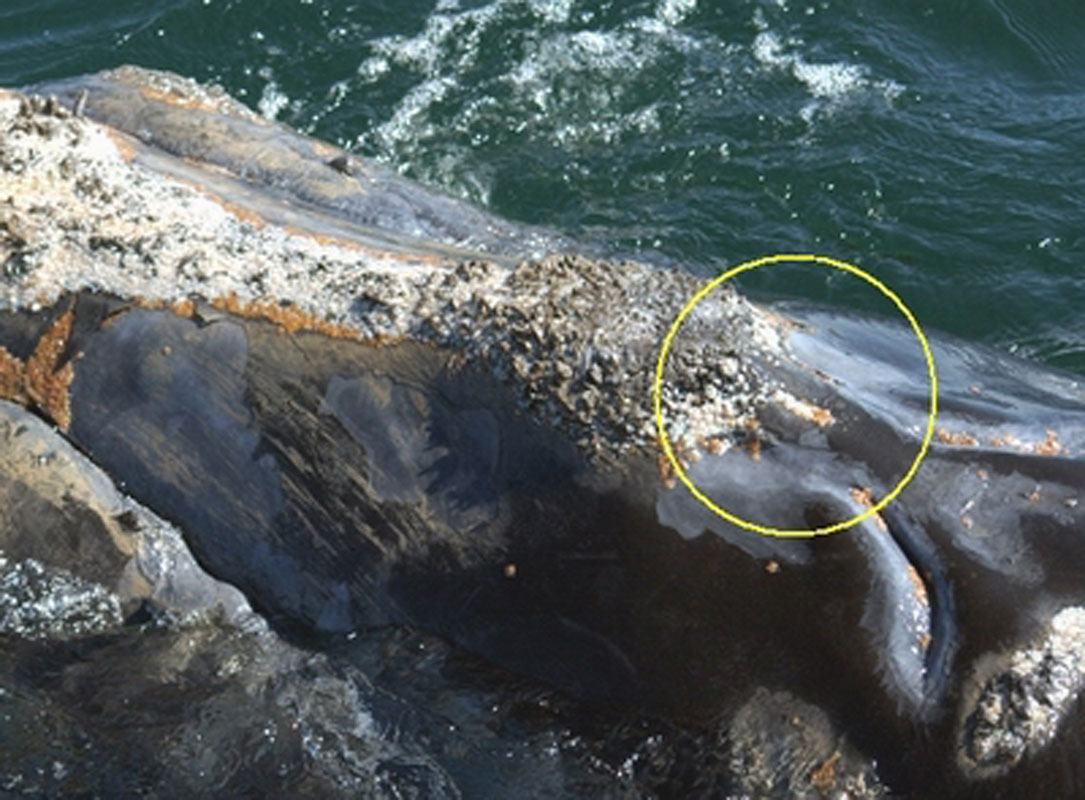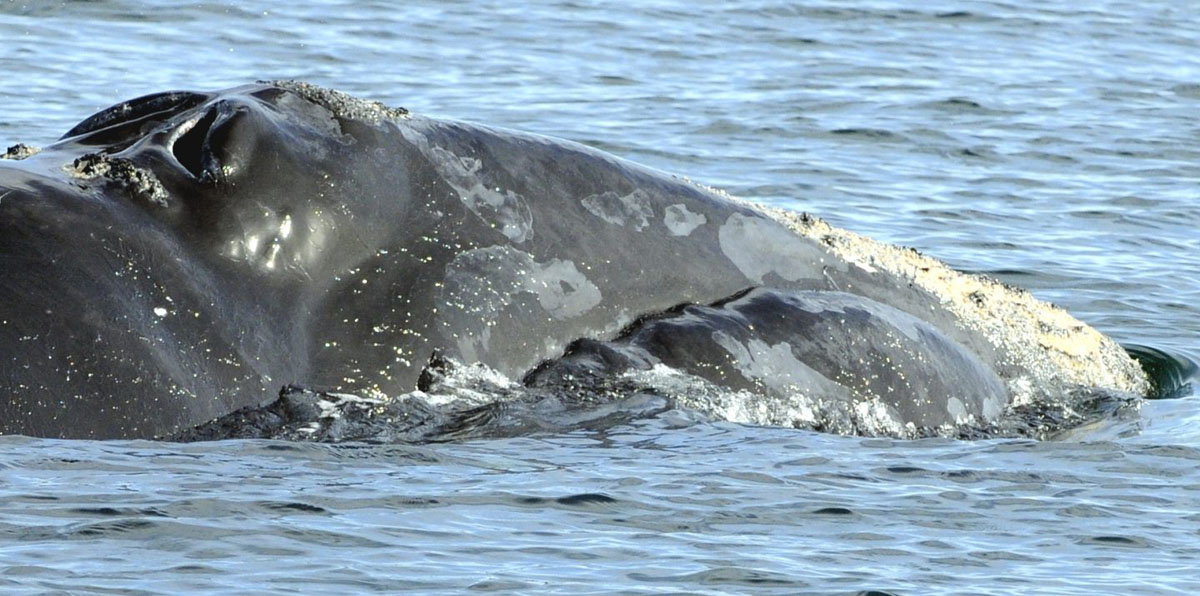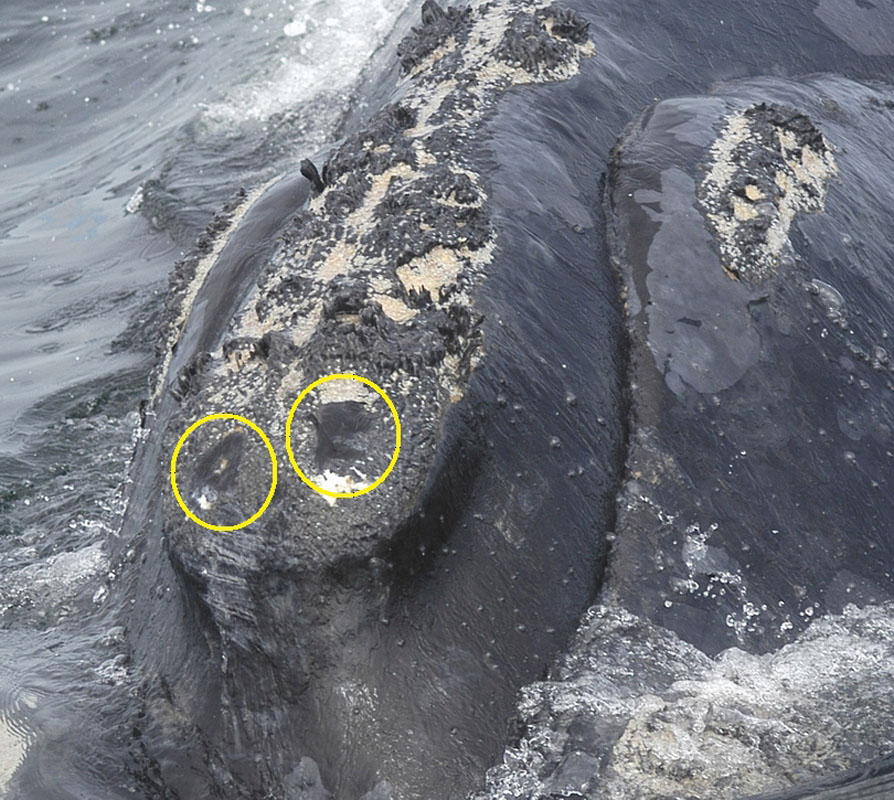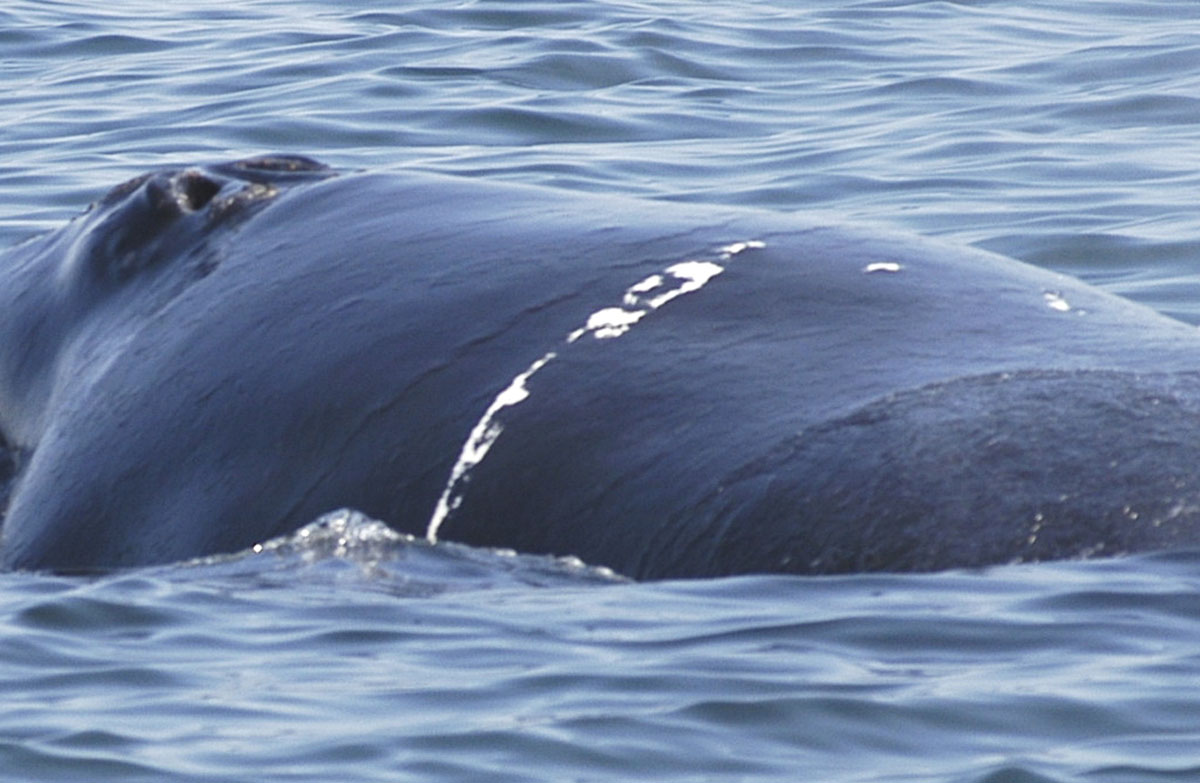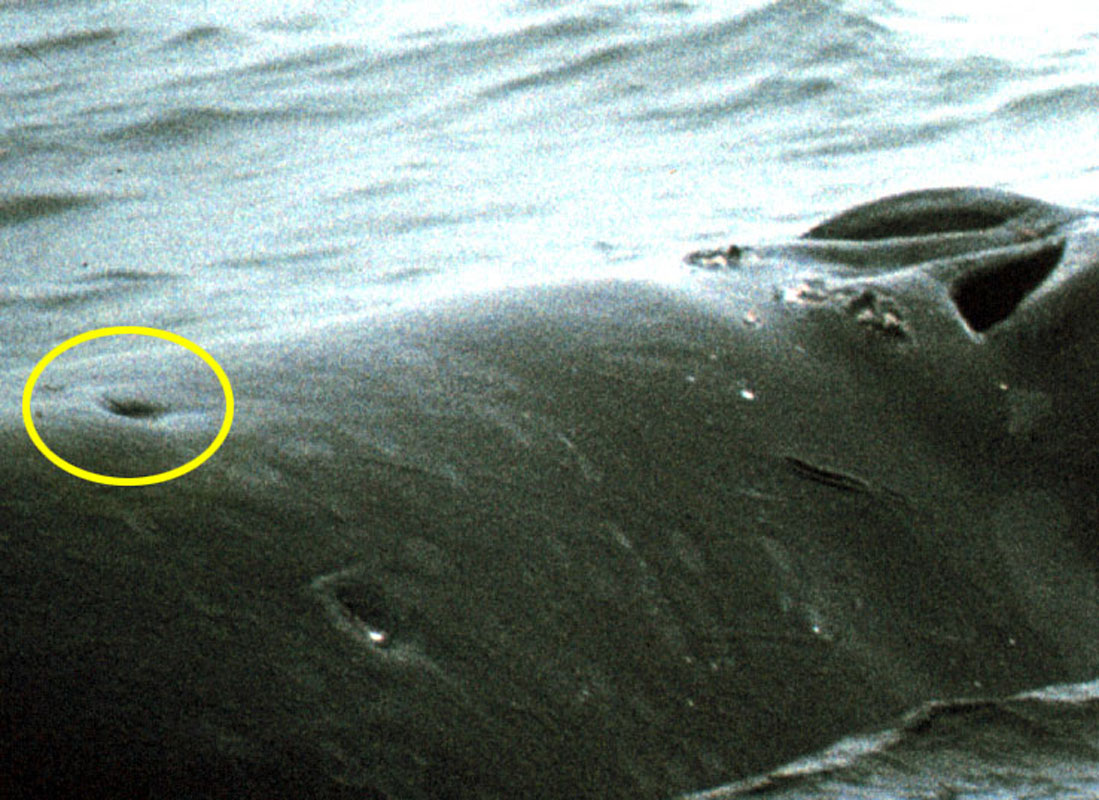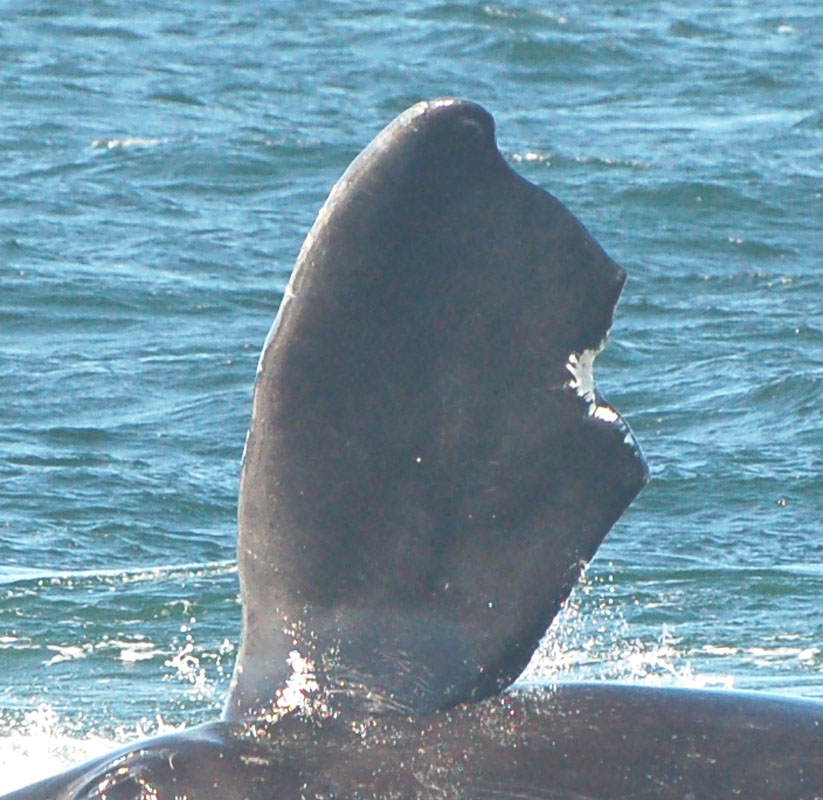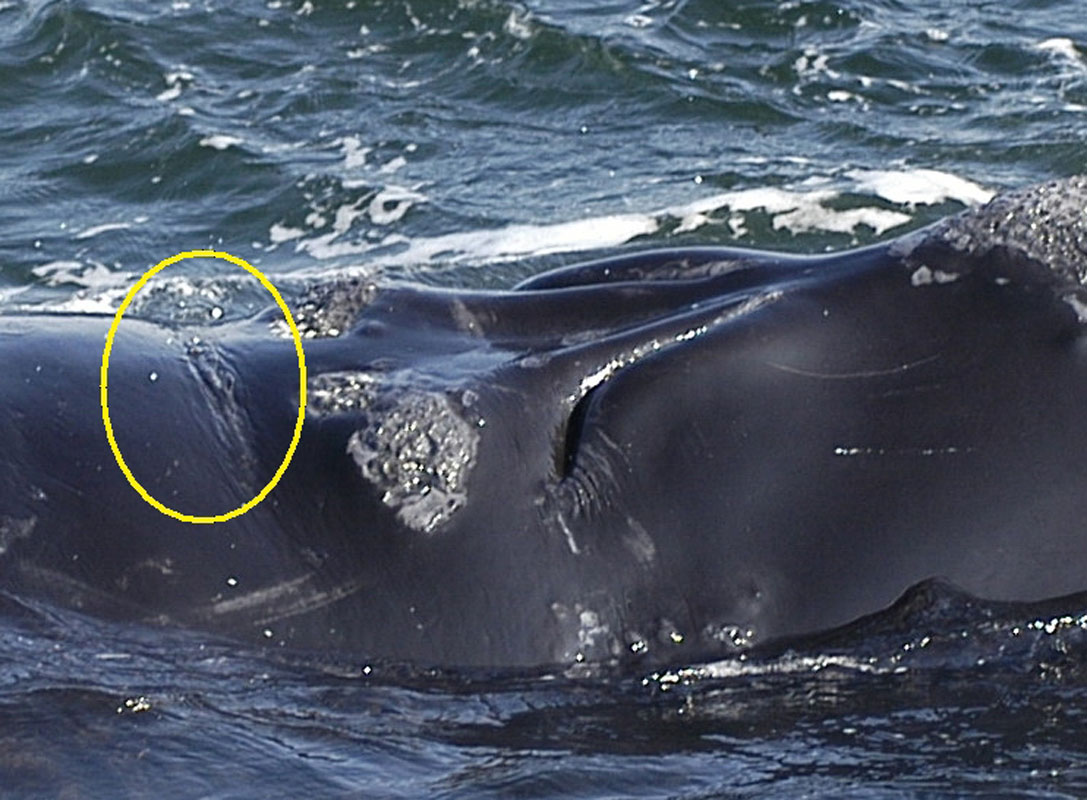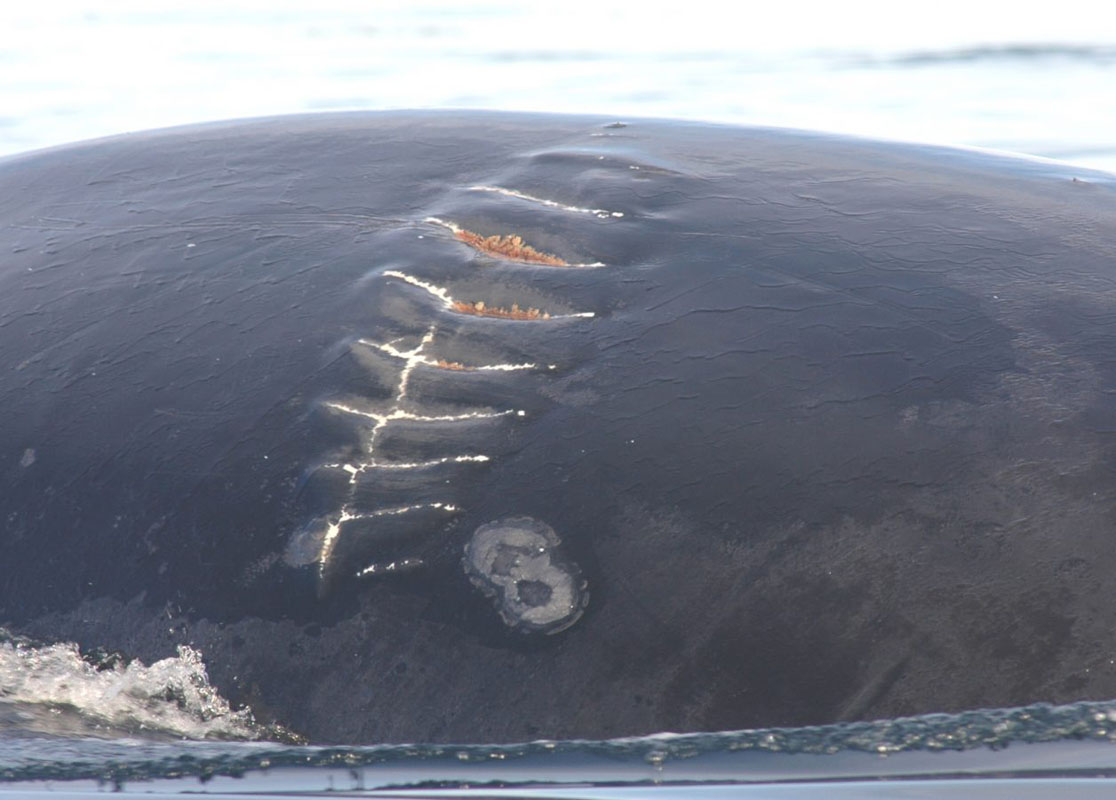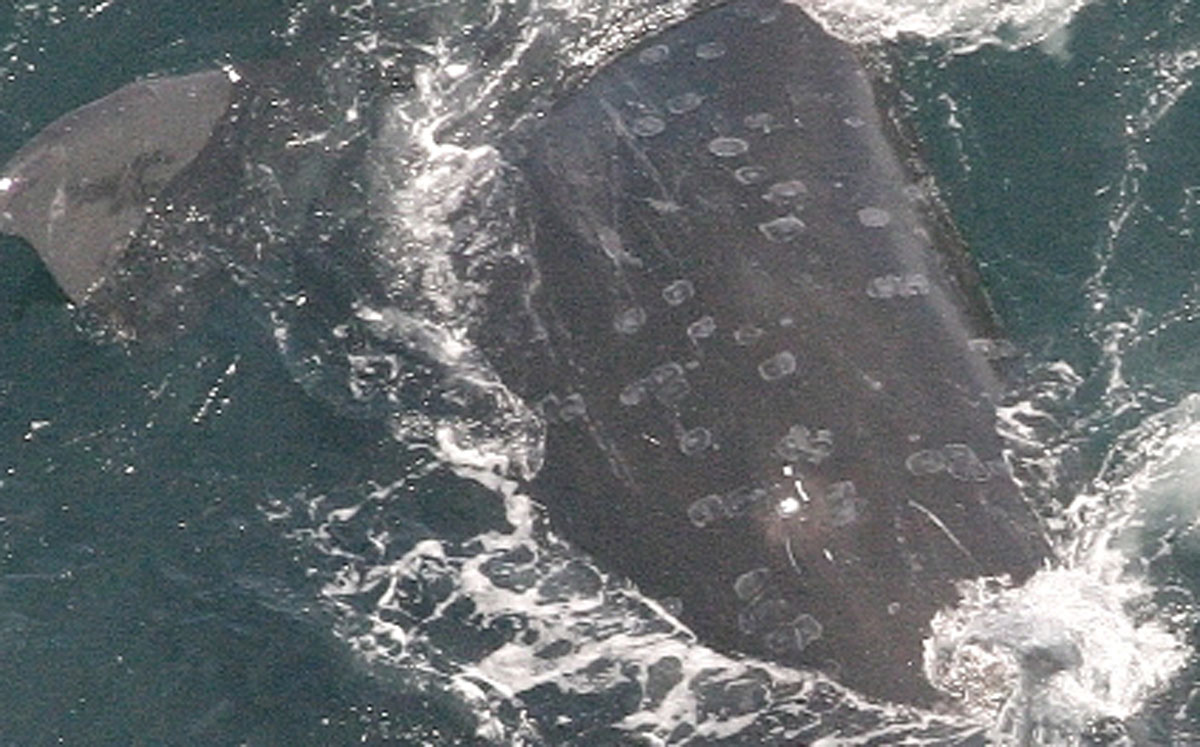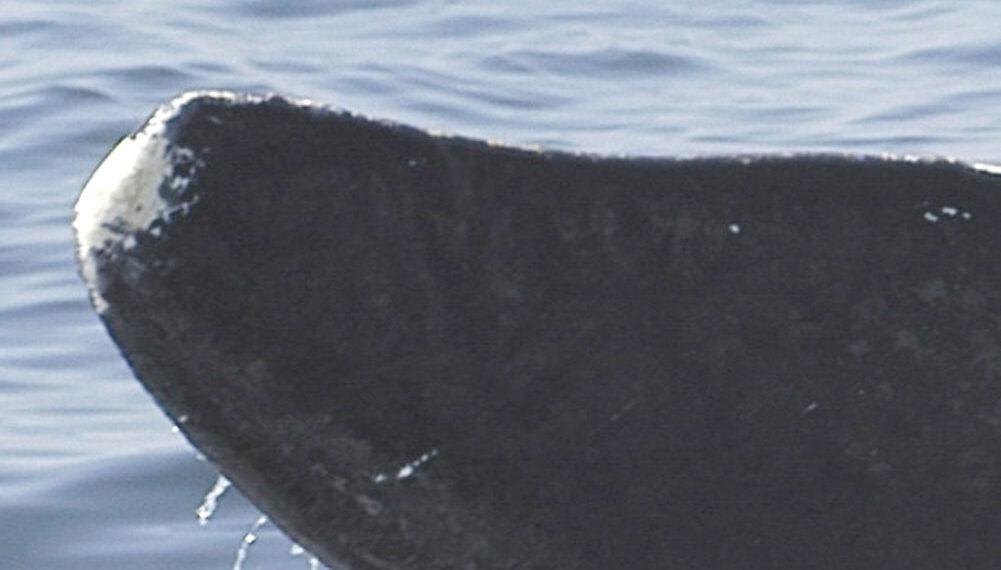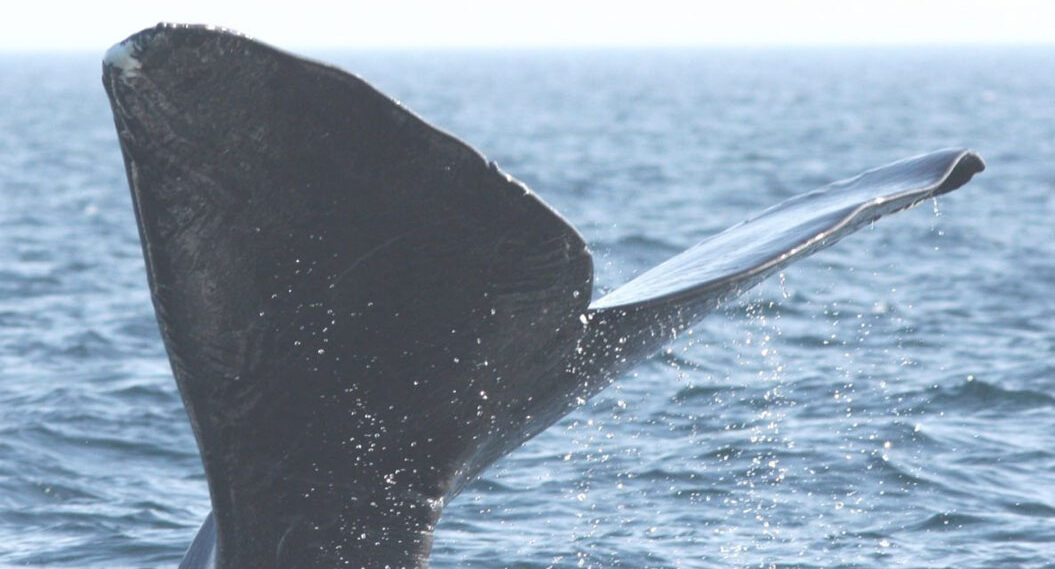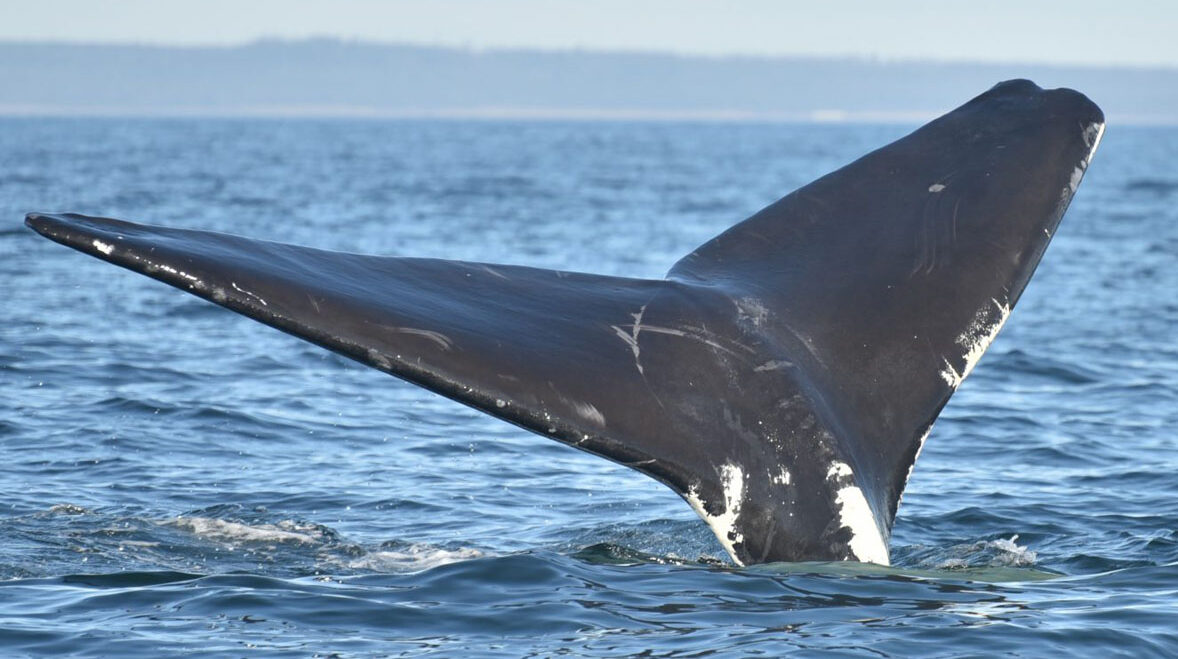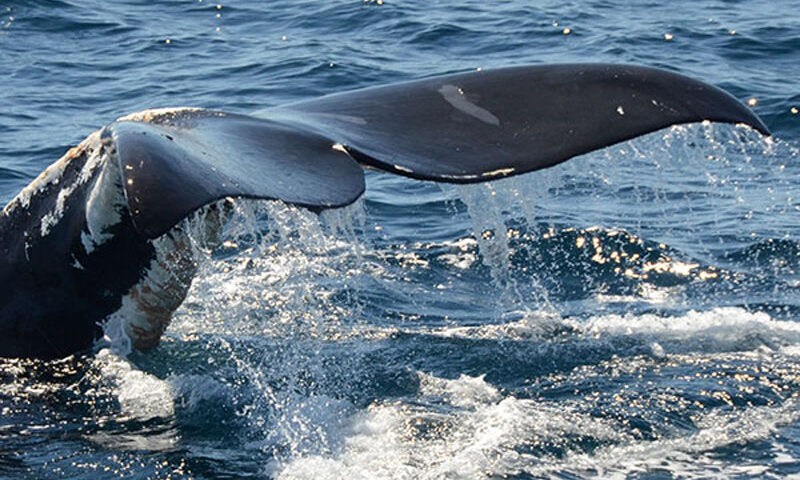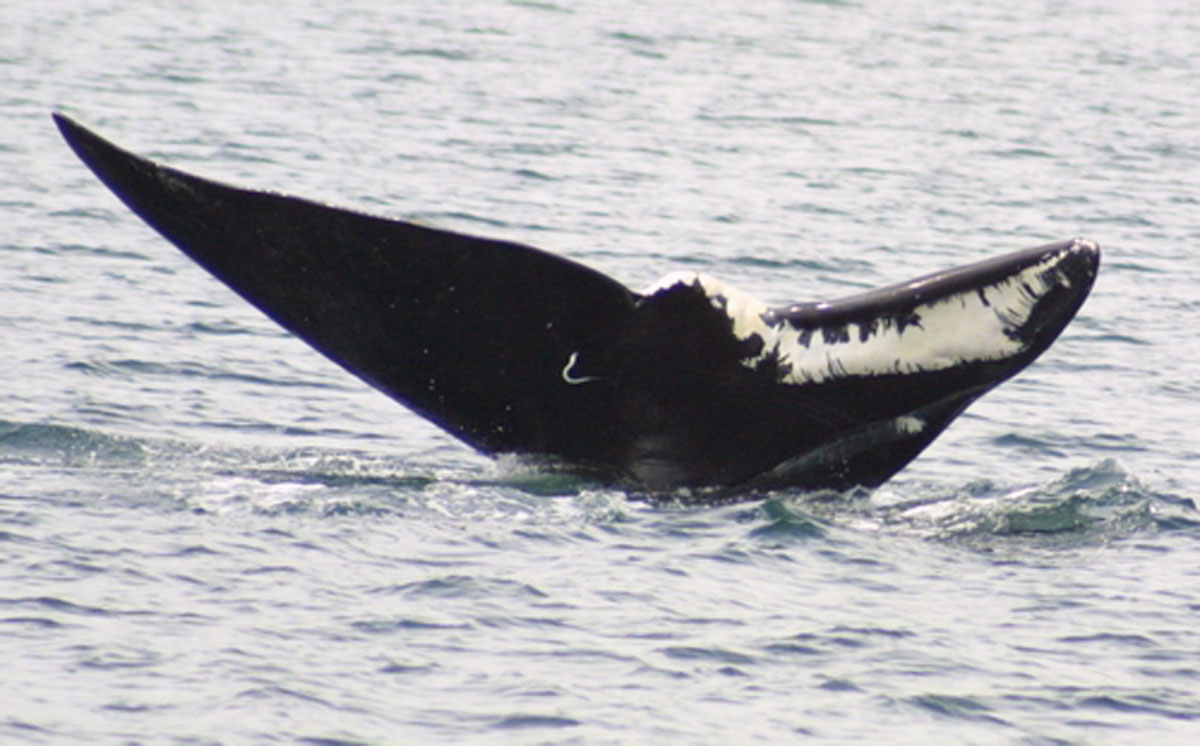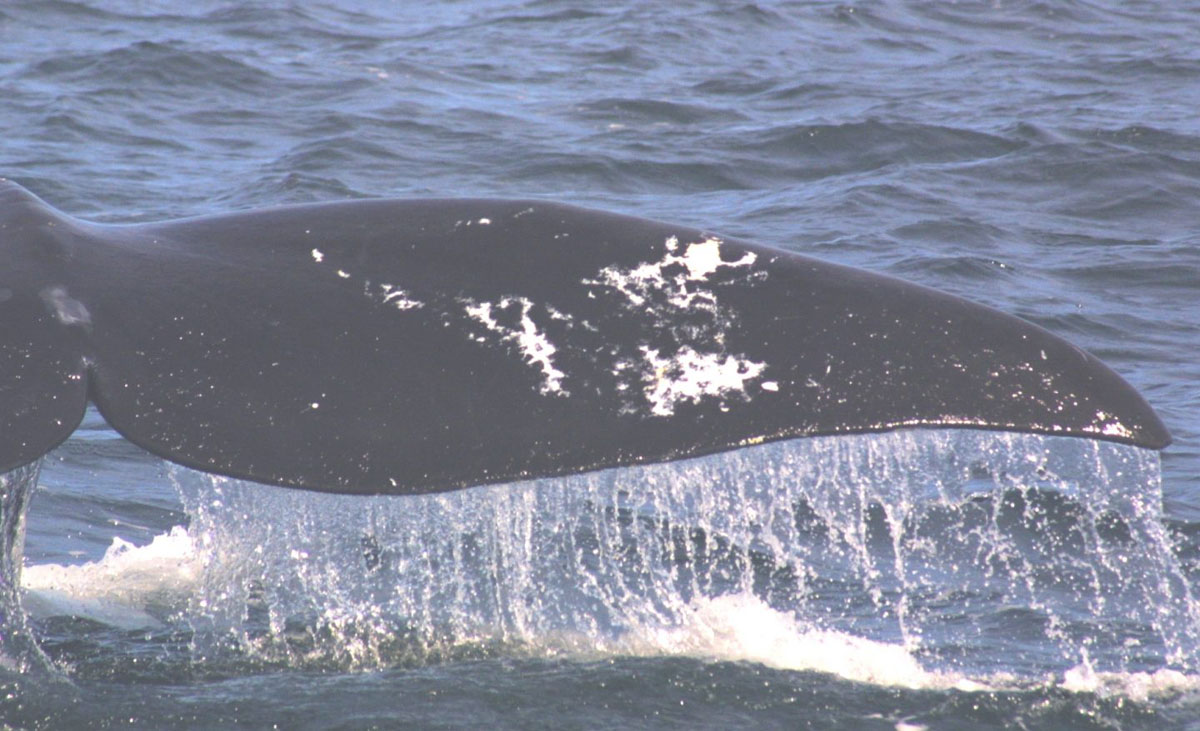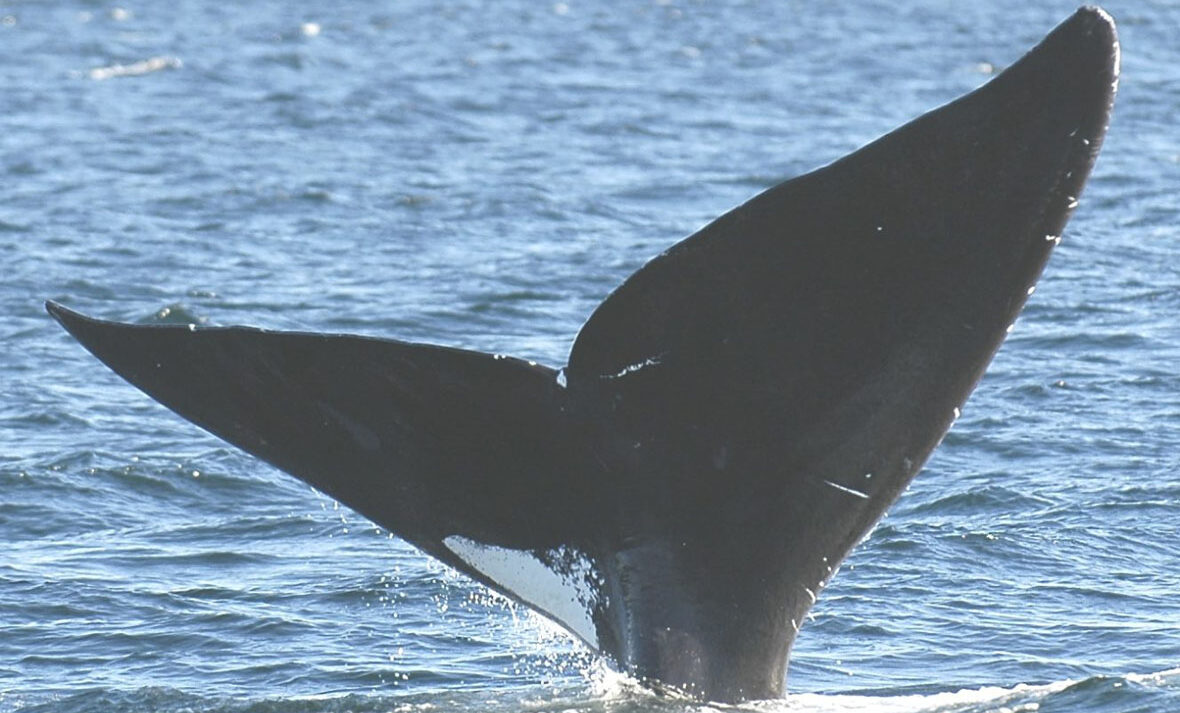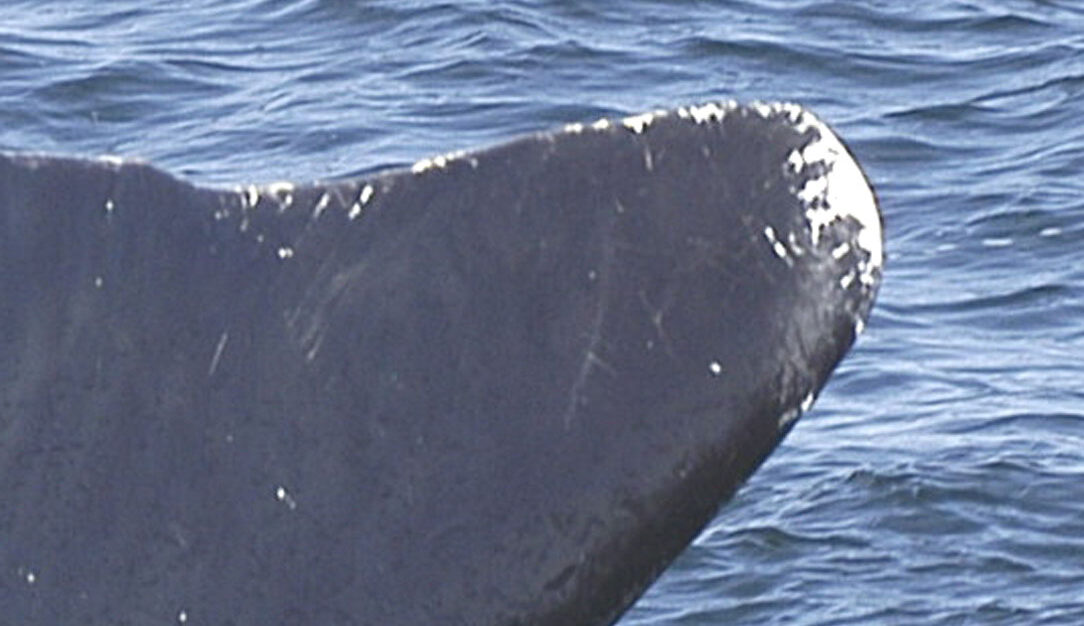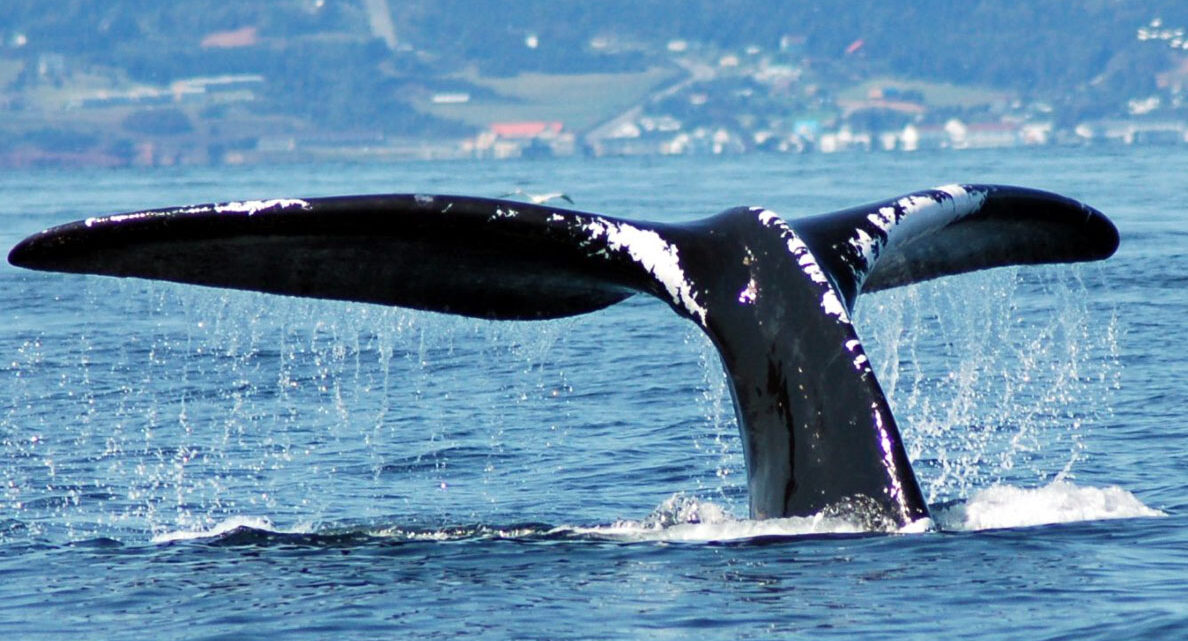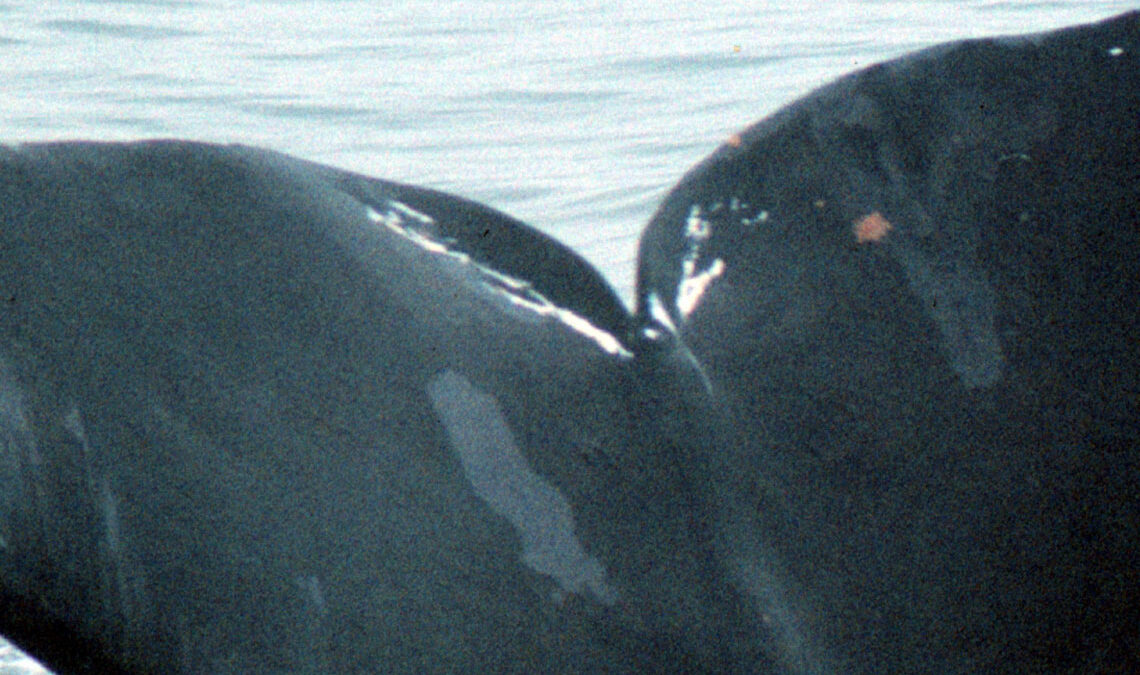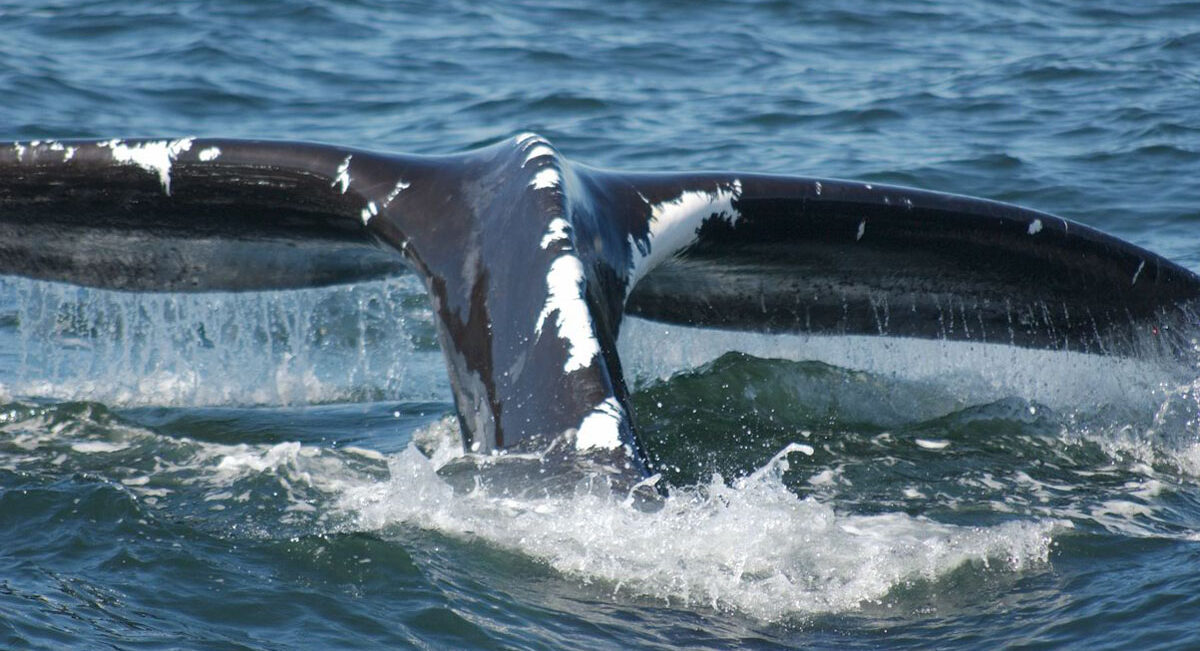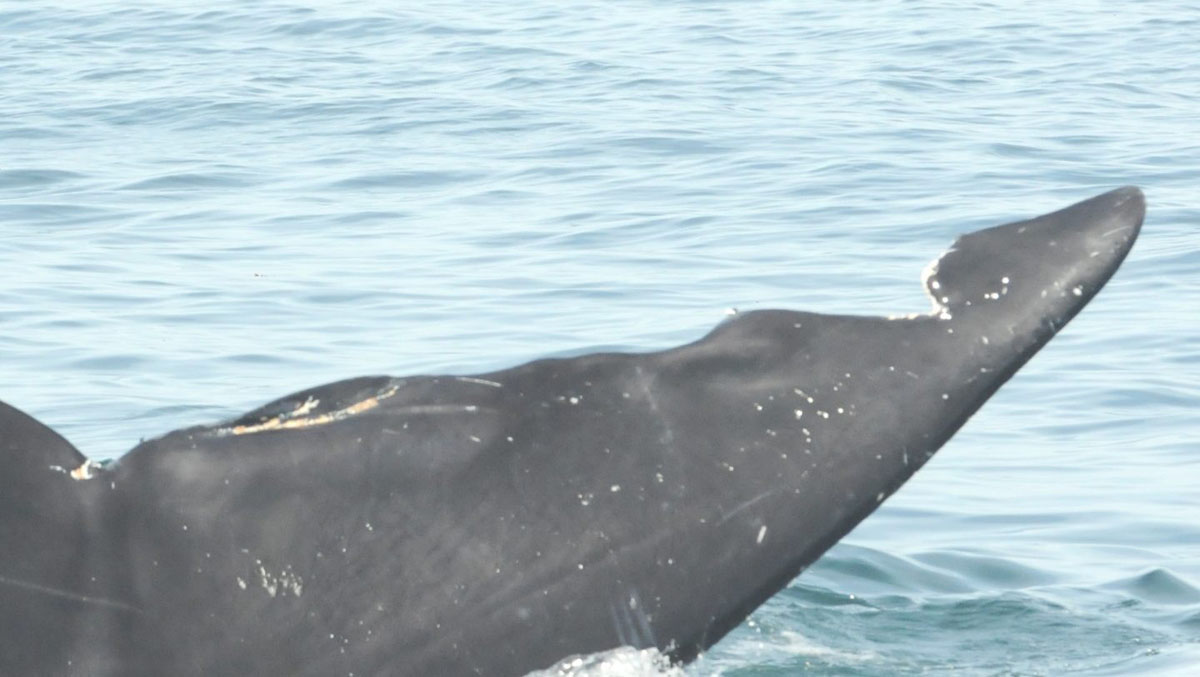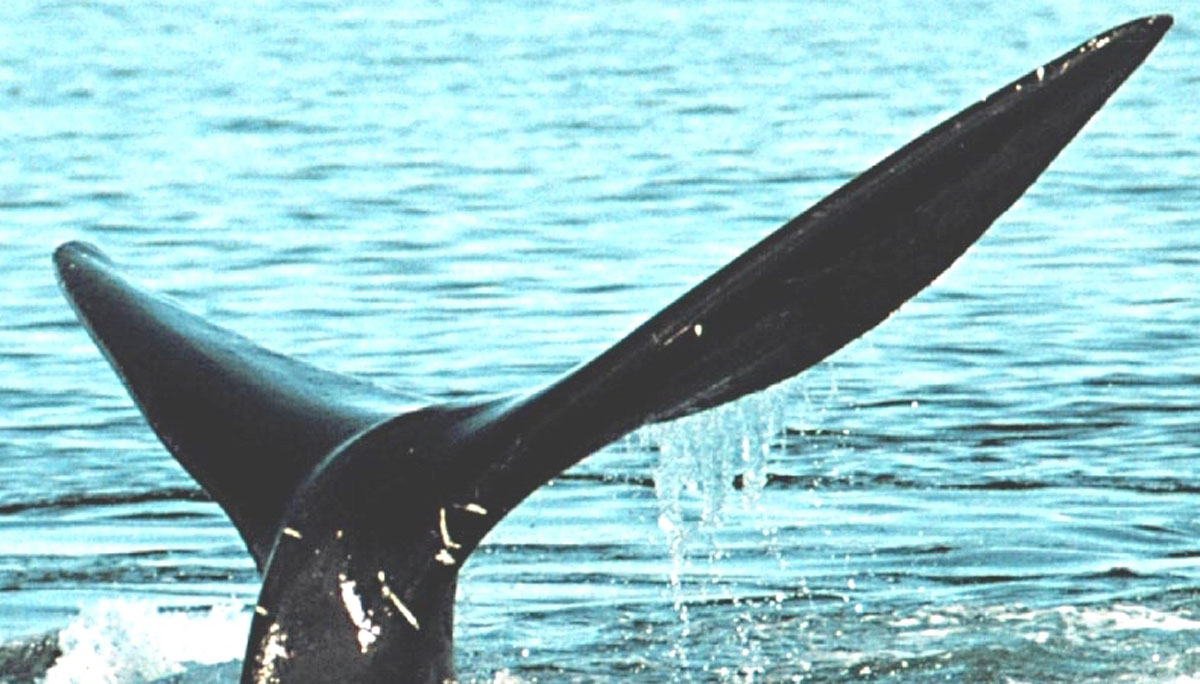Identifying Right Whales with Photographs
Photo identification is the process of using photographs of natural markings to distinguish one individual animal from another. This identification method is the foundation of most modern whale studies (cetology). Many whale species have a physical characteristic that is unique for each individual of the species.
Researchers who study each species take photographs of these features and then compare them to photographs in a catalog to determine when and where that individual was seen before. As these photographs of a particular species are collected from different areas over time, researchers monitor population demographics, mortality, reproductive success, ocean habitat use patterns, trends in health and rates of human-caused scarring. These data can be used to discern population wide problems, develop recovery strategies and evaluate the impact of management and conservation efforts.
How Photo Identification Works
Individual right whales are identified by the pattern of callosity on their heads, along with a host of other natural and anthropogenic scars.
Researchers have developed a process that helps them to identify right whales. They examine the callosity patterns, compare other identifying marks, then search the Right Whale Catalog.
The History of Photo Identification
Photo-identification studies have been particularly important for understanding the plight of the North Atlantic right whale, which endured nearly a millennium of whaling before becoming protected in 1935 by a League of Nations resolution. The New England Aquarium has curated the North Atlantic Right Whale ID Catalog since 1980.
Callosities
Right whales have large patches of raised tissue on their heads, called callosities. Some people confuse the callosities with barnacles because they appear to be white. Actually, the callosity tissue is dark like the whales skin, but it is infested with light colored cyamids, or “whale lice.” Millions of these cyamids live on the whale’s head and can obscure the underlying callosity. Because they are light in color, they provide contrast against the black skin serving to define the outline of the callosity.
The placement and pattern of the callosity is unique to each individual and is how the scientists distinguish one right whale from another. The callosity begins to emerge shortly after birth, but the pattern is not was established until 7 to 10 months later. Although the height of the callosity can change throughout a whale’s life (i.e. grow upwards and break off repeatedly), the placement of the callosity on the whale’s head typically remains stable. In rare cases, some callosity tissue on adult whales develop in new places or disappears. See below for the descriptions and example images of the searchable attributes. The callosity categories, and the “Other Identifying Features” below them, are used in the Catalog.
Callosity Identification
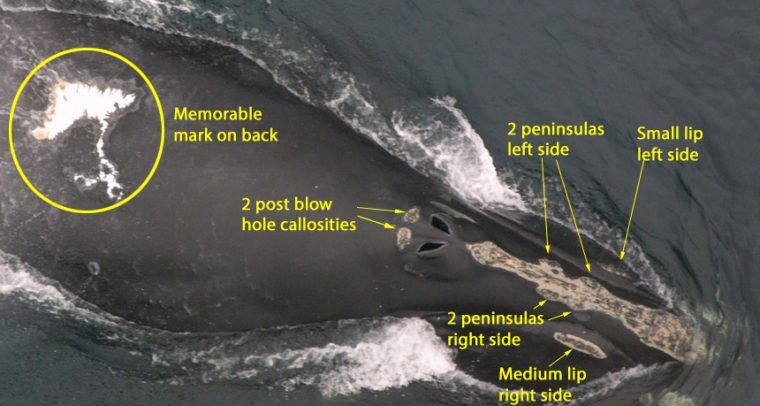
The categorization of the callosity pattern allows the matcher to look at just a small subset of the cataloged whales to find a match. When matching a photographed sighting to a cataloged animal, the matcher first reviews all the available informational from the sighting and distills it into a series of codes that describe the callosity pattern and all other identifying marks. The matchers then searches the computer for cataloged right whales with similar attributes.
To see examples of callosity codes, see One Side of Head and Full Head below.
Description of Callosity Patterns
One Side of Head
Browse the gallery for examples. Click the icon for image details.
/
Full Head
Browse the gallery for examples. Click the icon for image details.
/
Lip Callosities
Browse the gallery for examples. Click the icon for image details.
/
Other Identifying Head Features
Browse the gallery for examples. Click the icon for image details.
/
Other Identifying Back Features
Browse the gallery for examples. Click the icon for image details.
/
Other Identifying Fluke Features
Browse the gallery for examples. Click the icon for image details.
/
DIGITS
In the mid 1970s, researchers discovered that, in several species, individual whales could be distinguished from each other by natural markings. Since that time, photo-identification of whales and dolphins has become the cornerstone of modern whale research. Funded by a grant from the National Science Foundation, our researchers partnered with Parallax Consulting LLC to develop and launch a state-of-the-art software package called DIGITS (Digital Image Gathering and Information Tracking System). DIGITS has revolutionized the processing of all aspects of digital photo-identification data and is vital to the North Atlantic Right Whale Identification Catalog.
